Varnishing process
Step 3
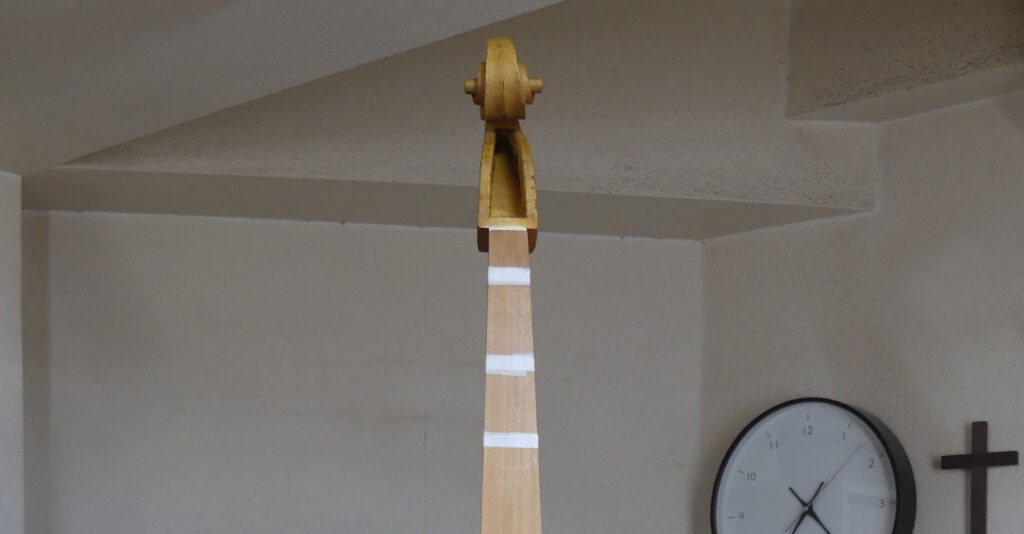
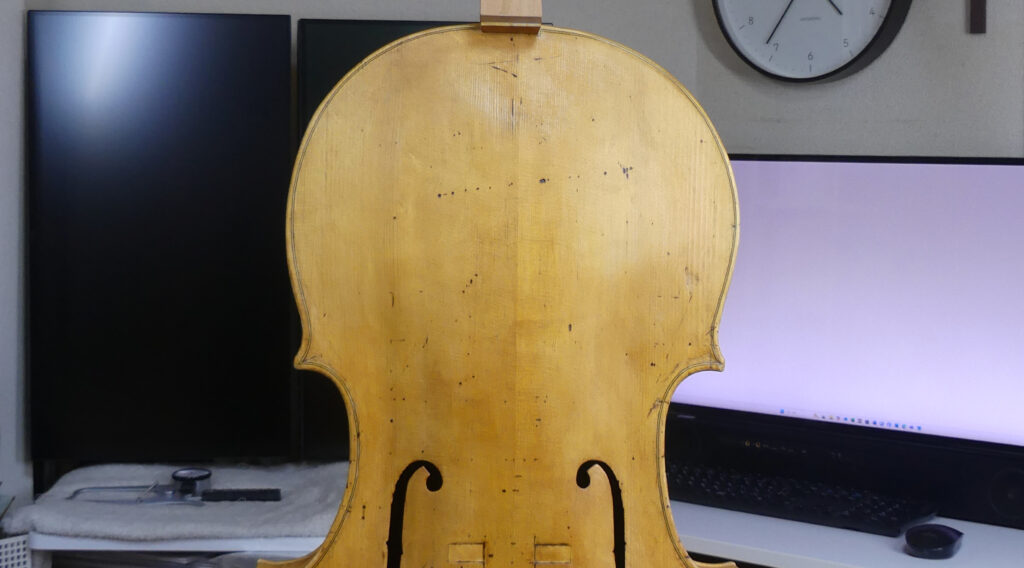
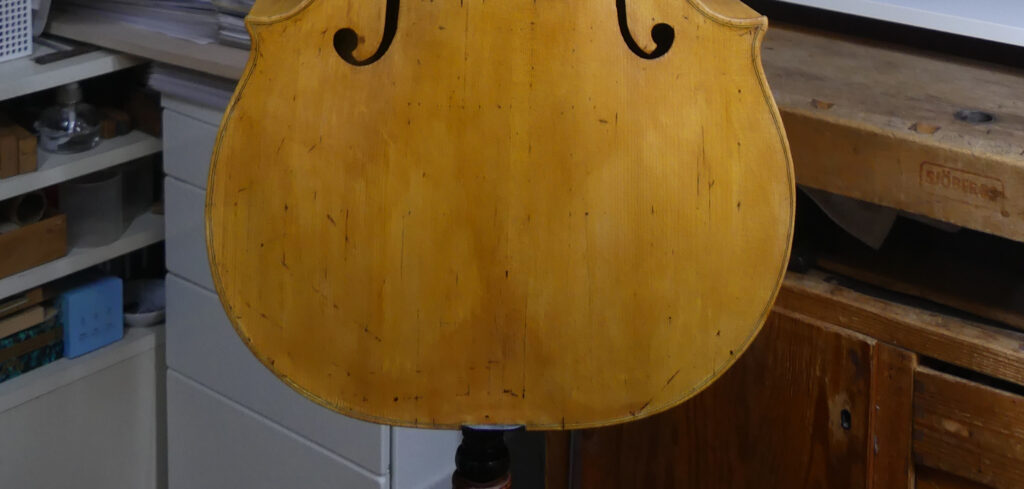
I started the varnishing process yesterday.
Joseph Naomi Yokota
Varnishing process
Step 3



I started the varnishing process yesterday.
Joseph Naomi Yokota
満月になる1日前の”14番目の月”に浸るような作業です。弦をゆらし、響きを確認しながら… 響胴の中にあるネック・ブロック付近にあたる裏板を削り込んでいます。
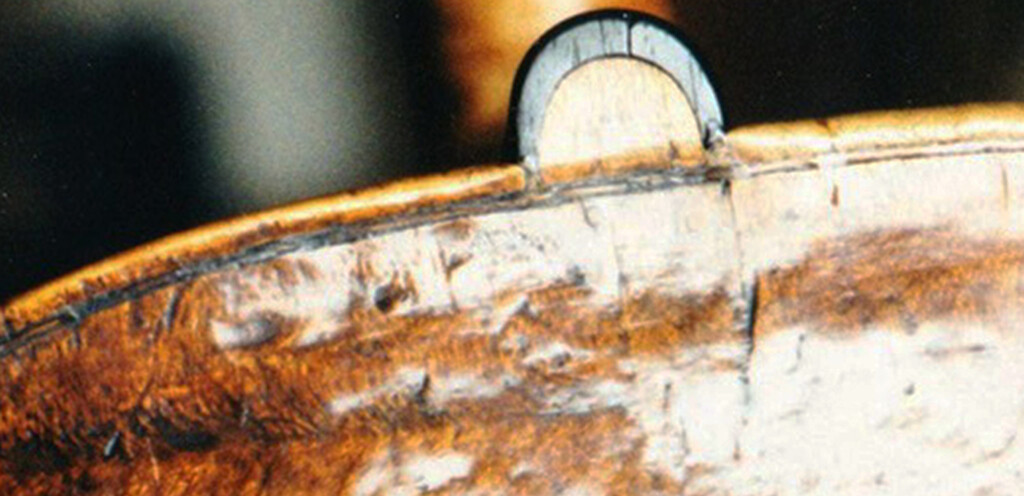
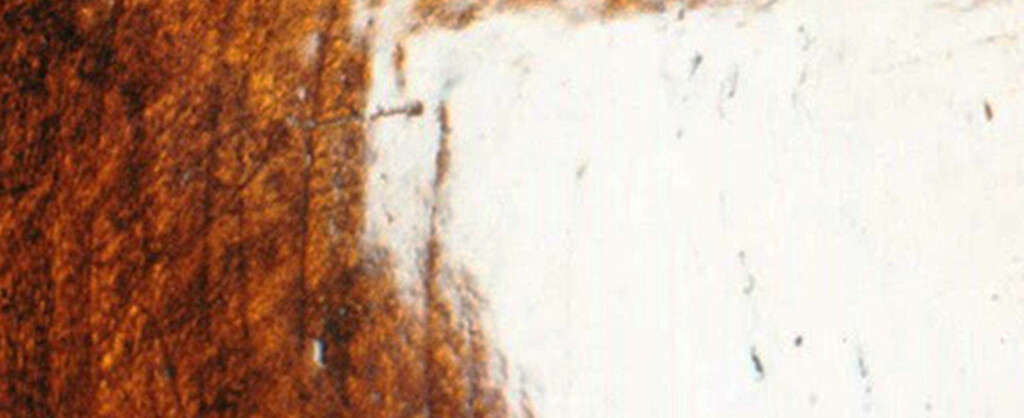
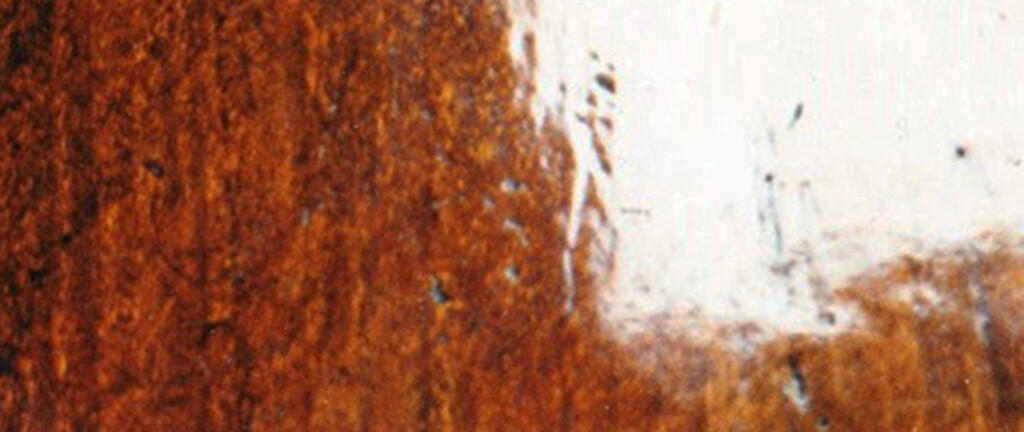
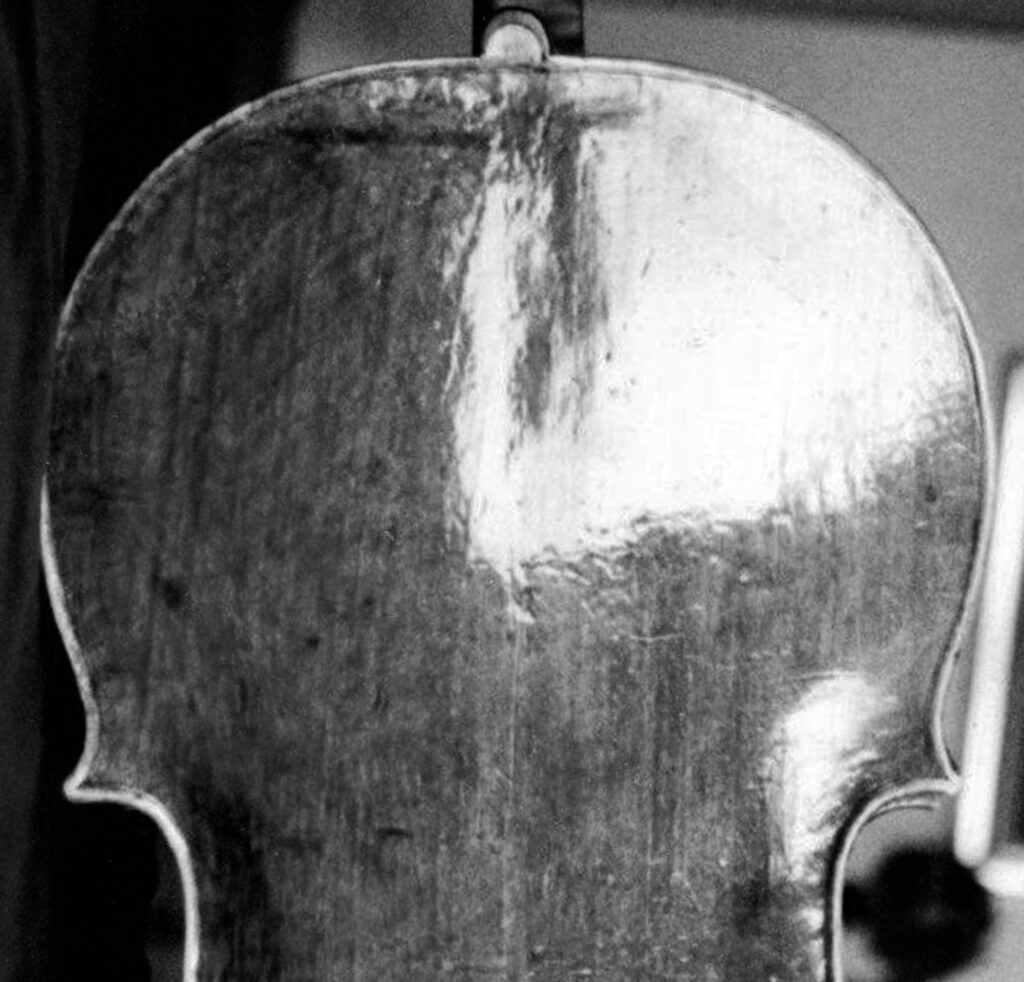 “Guarneri del Gesù”( 1698-1744 ) Cello, “Messeas” 1731年
“Guarneri del Gesù”( 1698-1744 ) Cello, “Messeas” 1731年


 Nicolò Amati ( 1596–1684 ) Cello, “Herbert” 1677年
Nicolò Amati ( 1596–1684 ) Cello, “Herbert” 1677年


 “Old Italian Cello” 1700年頃 ( B. 735-349-225-430 )
“Old Italian Cello” 1700年頃 ( B. 735-349-225-430 )
基本は響胴の”ねじり”の調整ですので、多少は下部のエンドピン・ブロック部裏板にも工夫を加えますが、メインは上部です。
この工程で”このチェロの響き”を決定します。ですから、難易度が最も高い作業と言えるかもしれません。
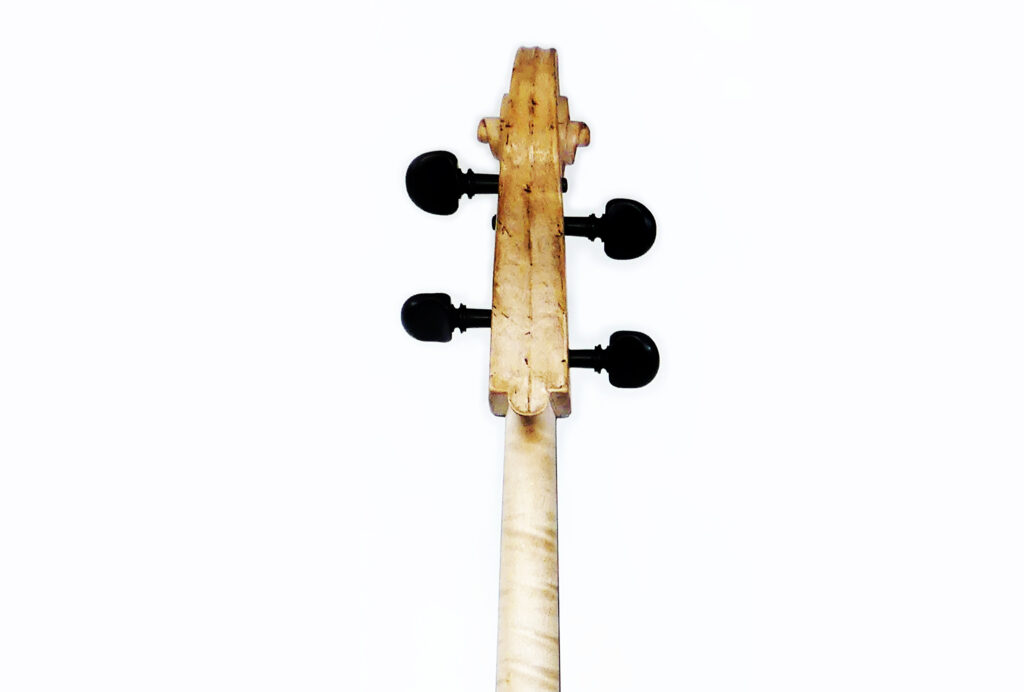
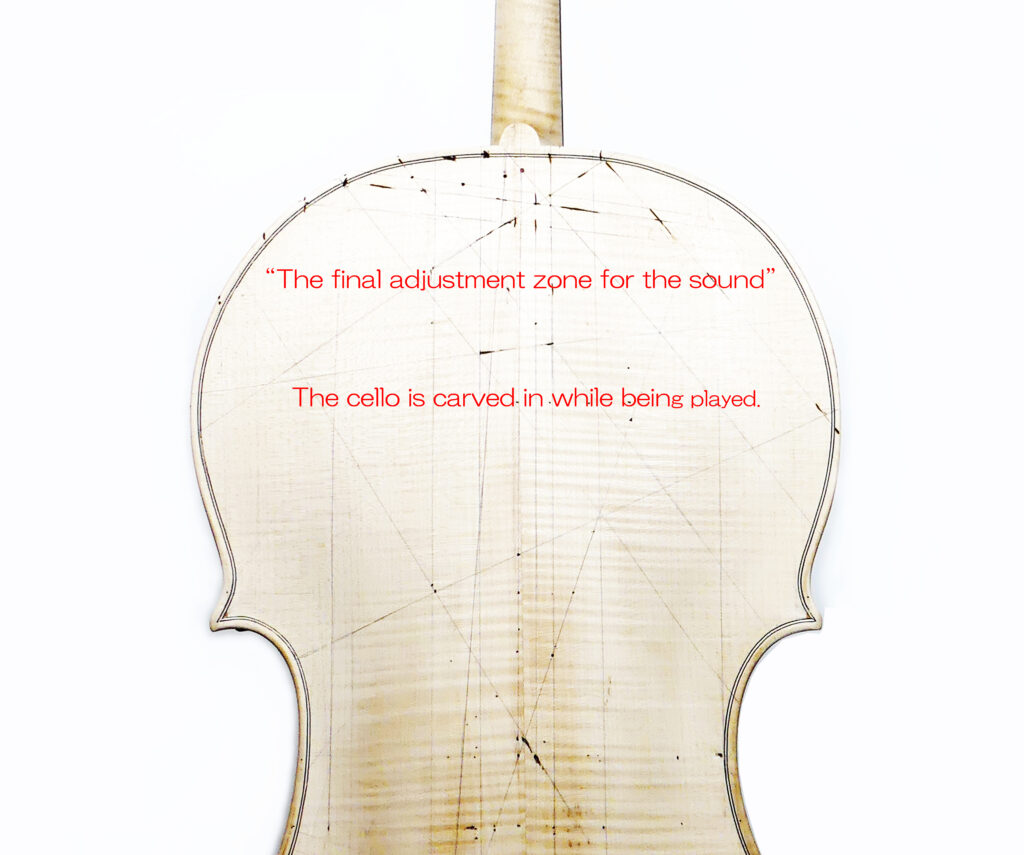
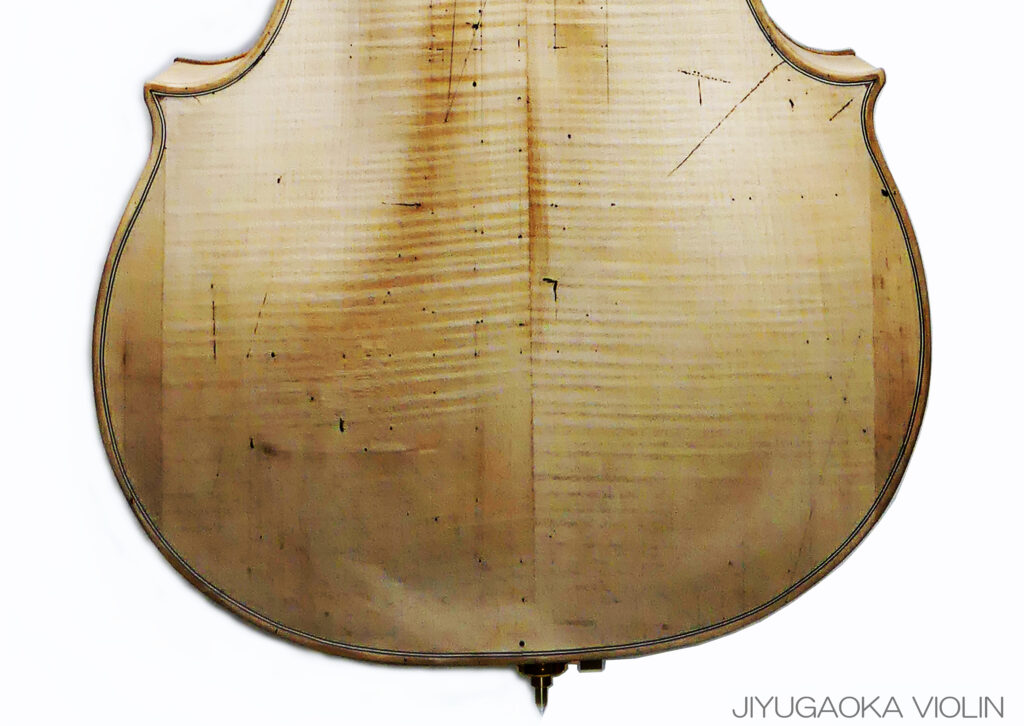
“The final adjustment zone for the sound”
The cello is carved in while being played.

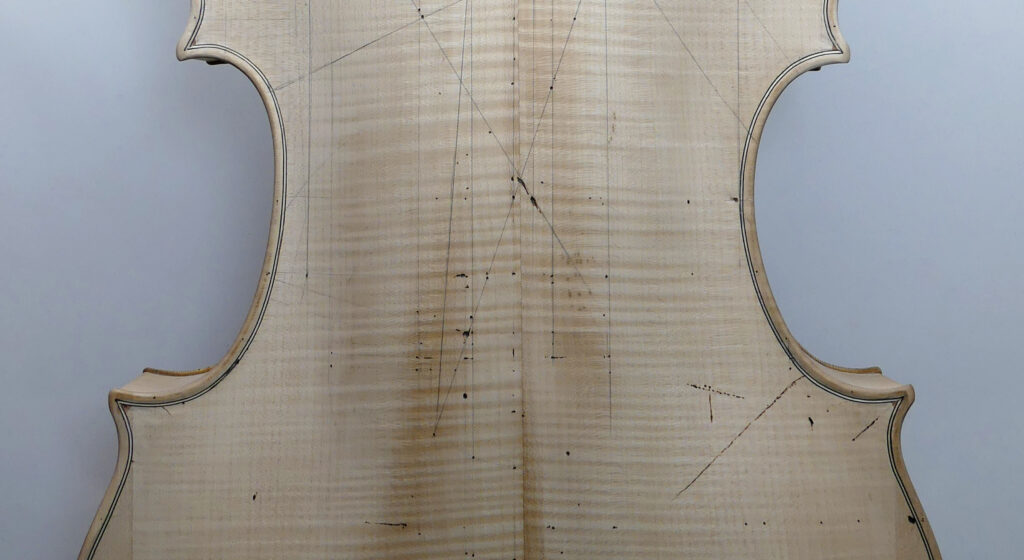
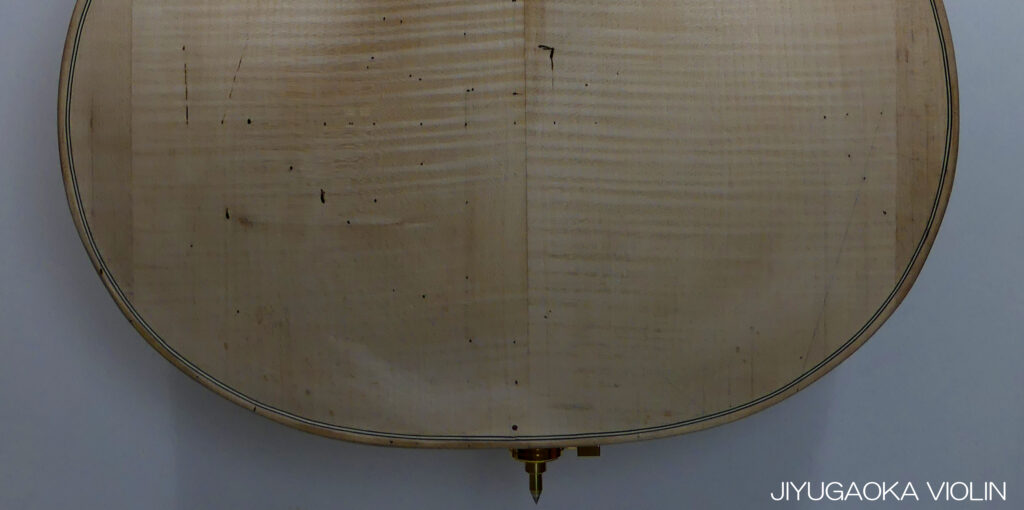 This is the “finishing process” of the initial plan.
This is the “finishing process” of the initial plan.
May 7, 2025 10:59



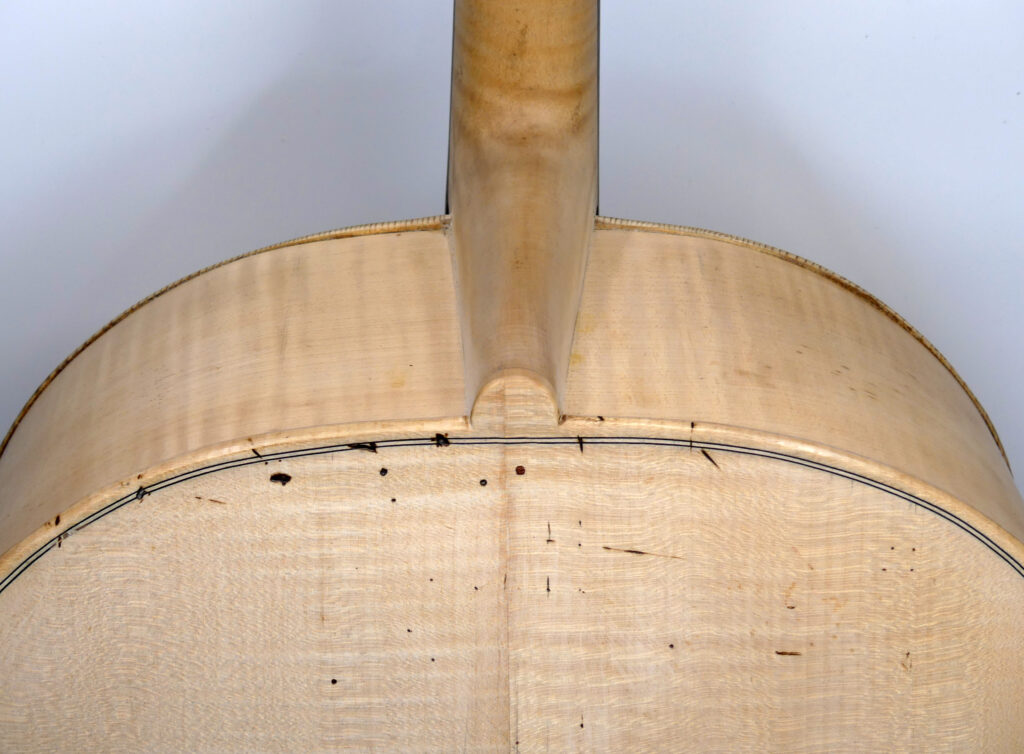 May 10, 2025 20:50
May 10, 2025 20:50
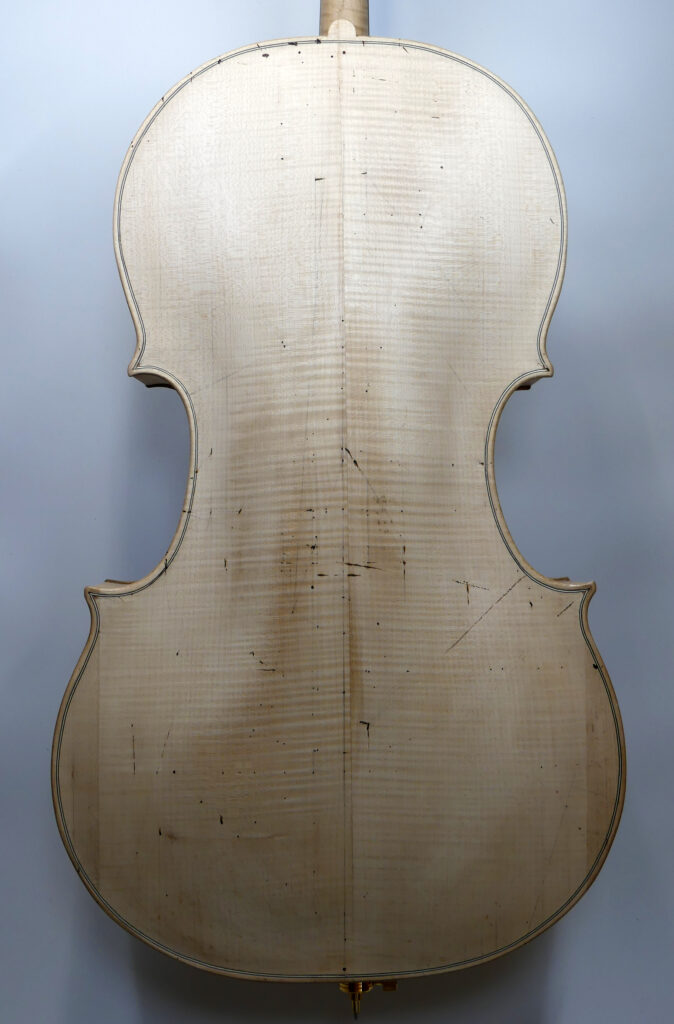
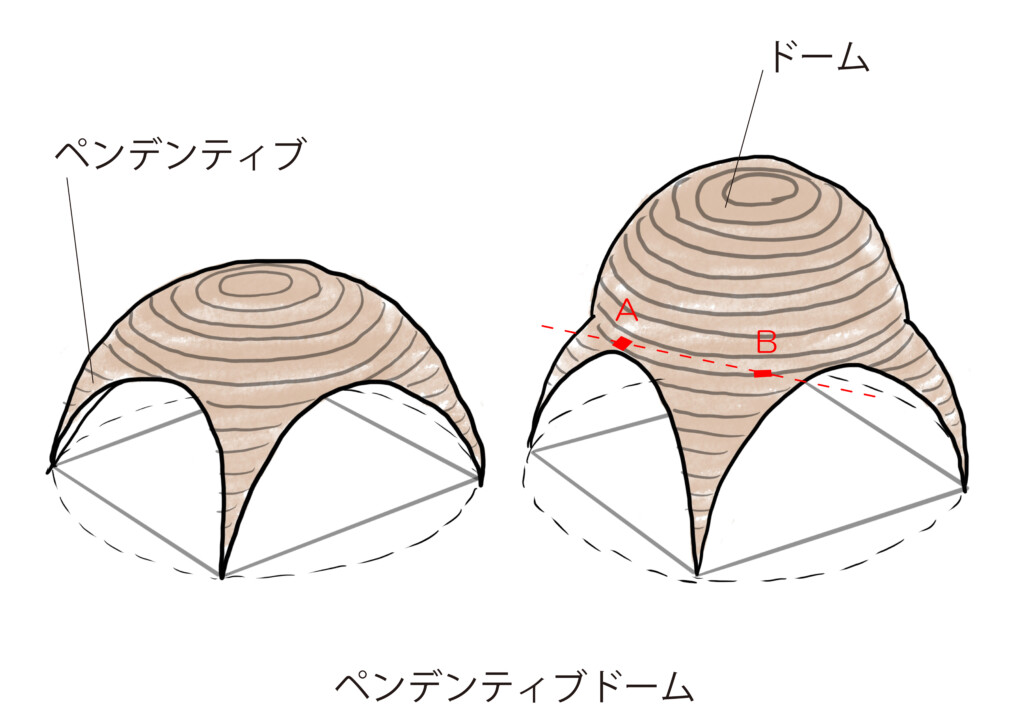
私は、表板や裏板を 多層構造のペンデンティブドームの集合体と見なし、下層のペンデンティブと 上層ドーム の接合部に 窪み等で上図点A、点Bのように 任意の対とする工夫で その付近の剛性が下げられ、ネジリが誘導されていると理解しています。
オールド弦楽器では ドーム部が 響胴のねじりを阻害しないように 中央から微妙にずらしてあり、このような音響加工は その不連続面の合成線である谷線や、尾根線上などの要所に見ることができます。
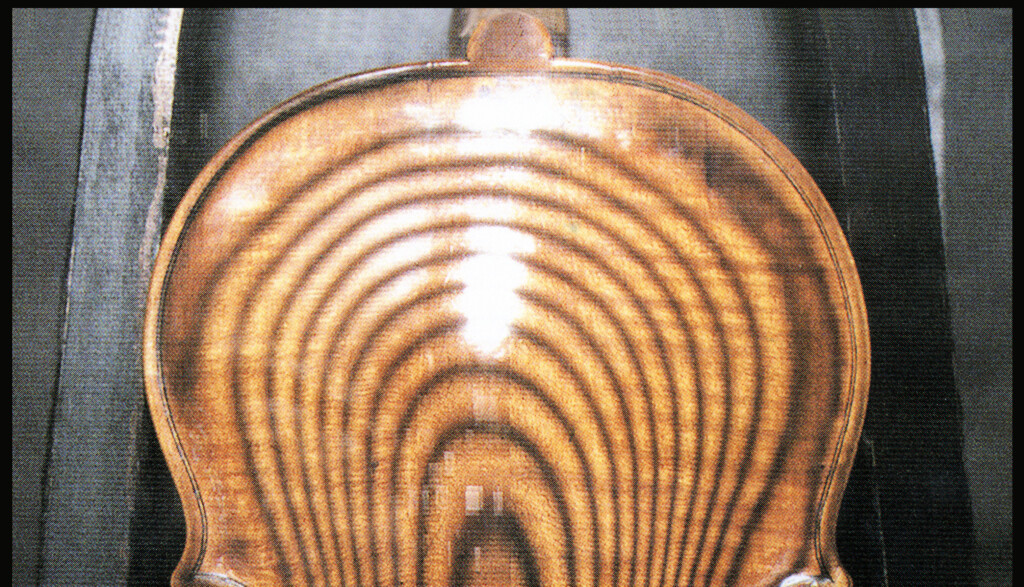

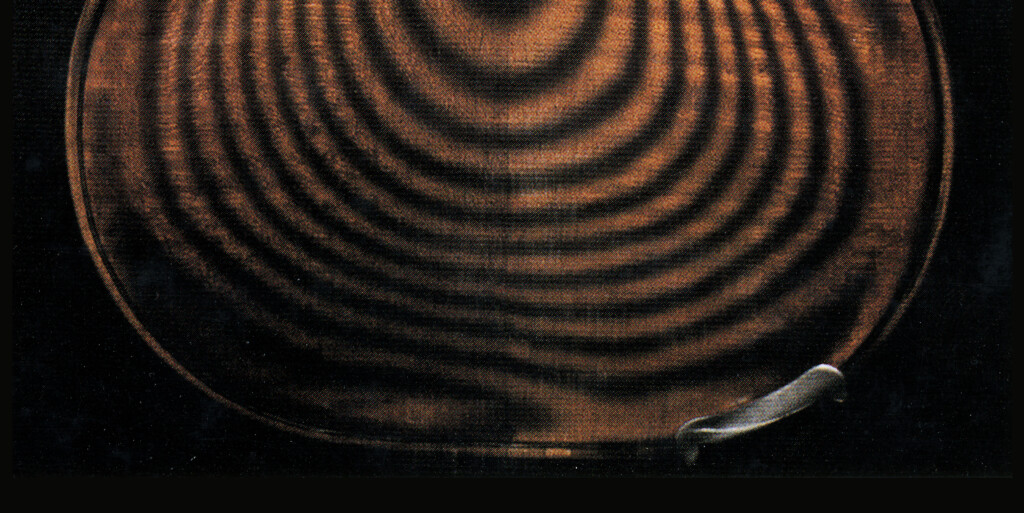 Andrea Guarneri ( 1623-1698 ) Violin
Andrea Guarneri ( 1623-1698 ) Violin
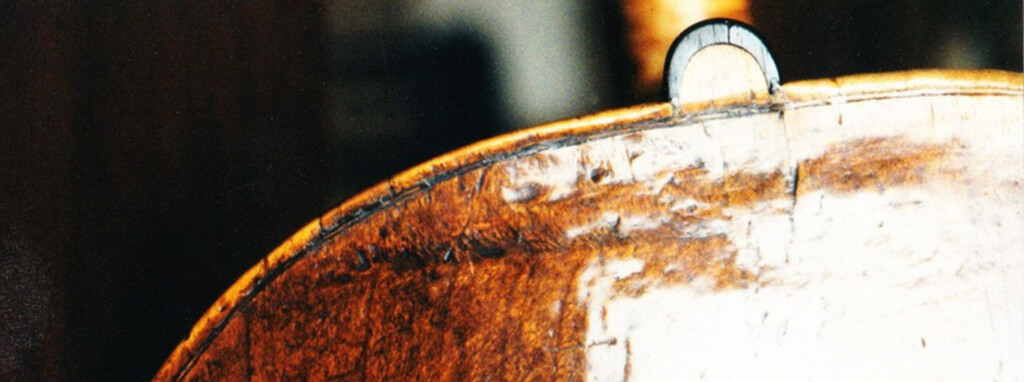
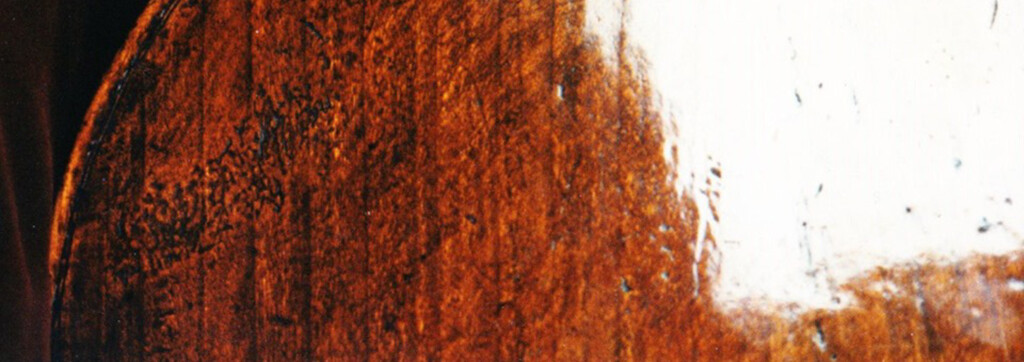 “Guarneri del Gesù”( 1698-1744 ) Cello “Messeas”, Cremona 1731年
“Guarneri del Gesù”( 1698-1744 ) Cello “Messeas”, Cremona 1731年
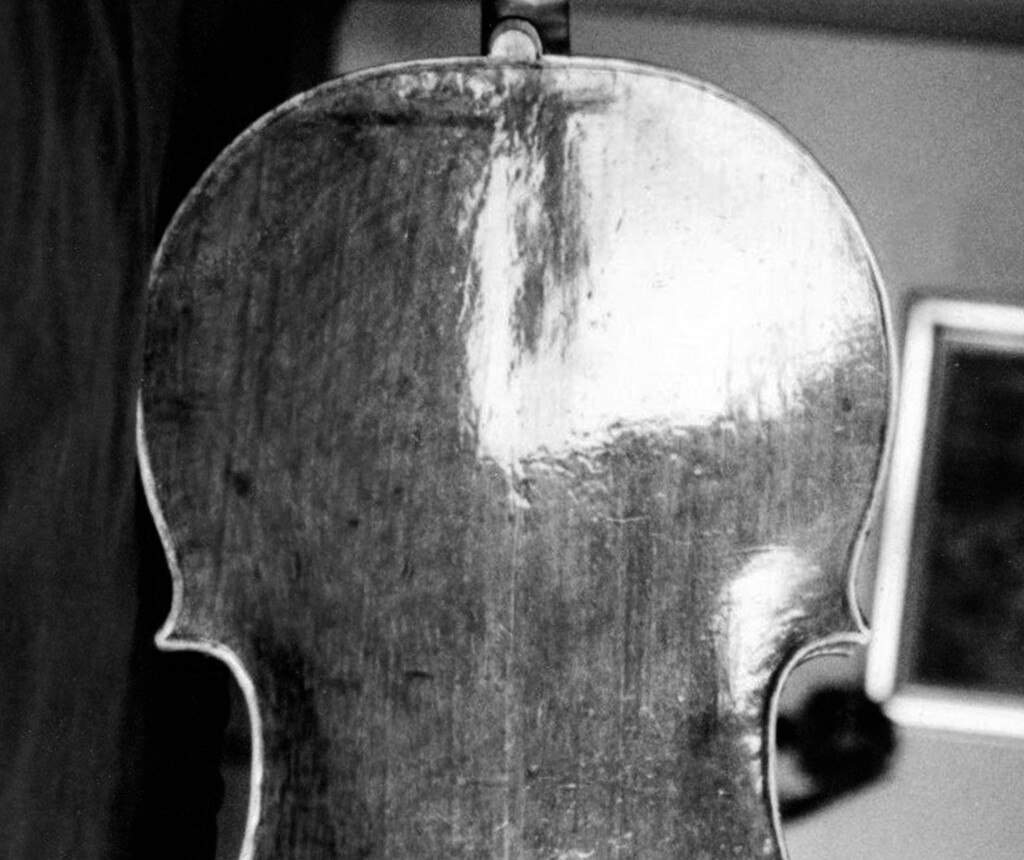
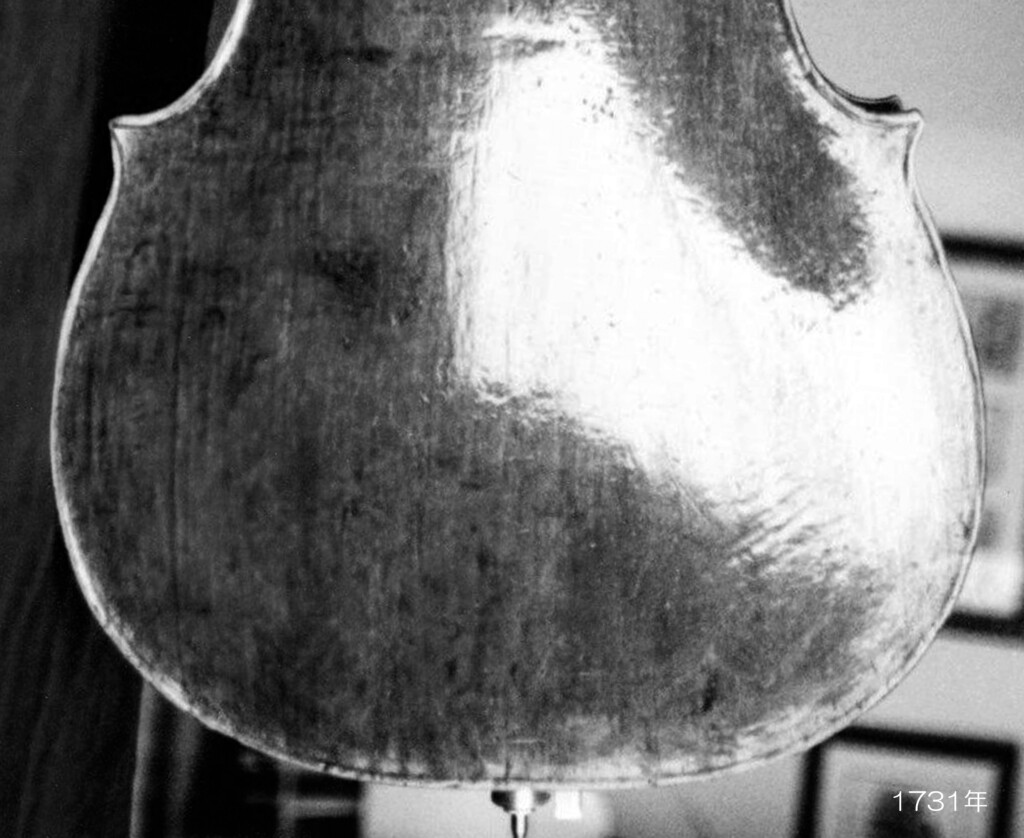
“Guarneri del Gesù”( 1698-1744 ) Cello, “Messeas” 1731年
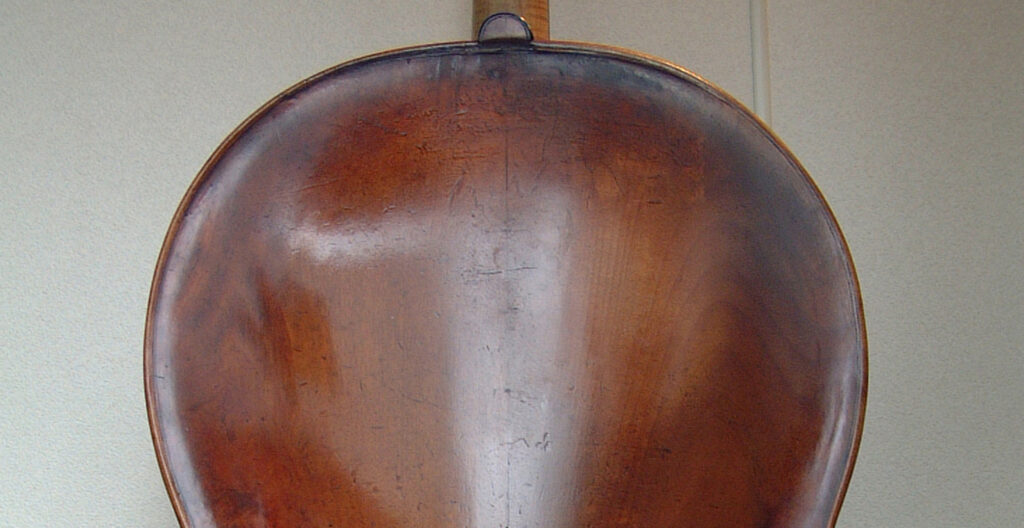
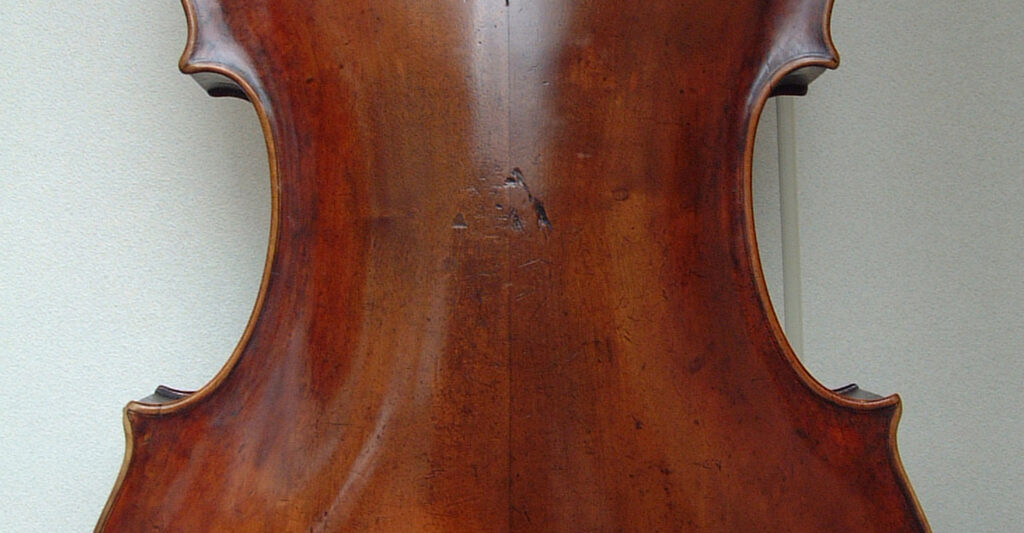
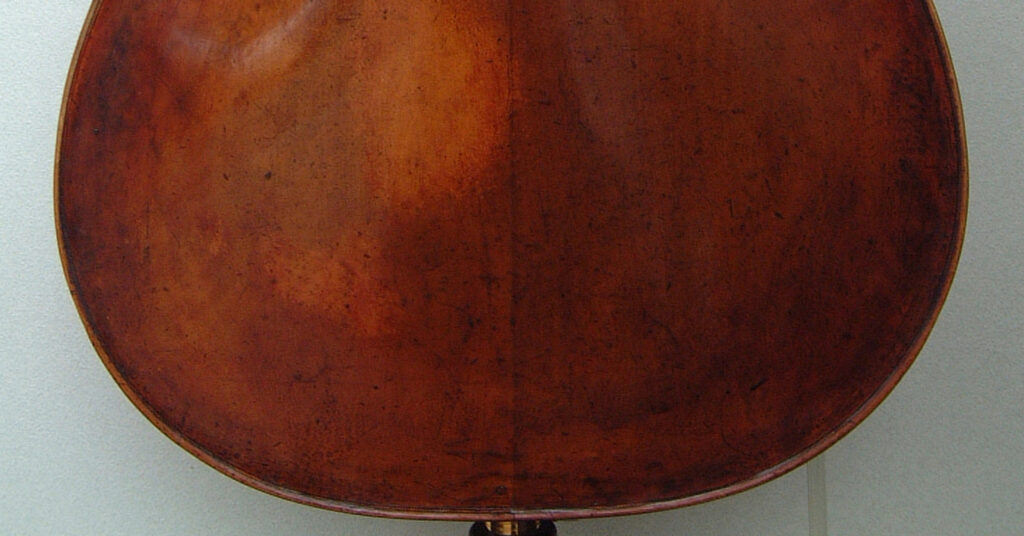
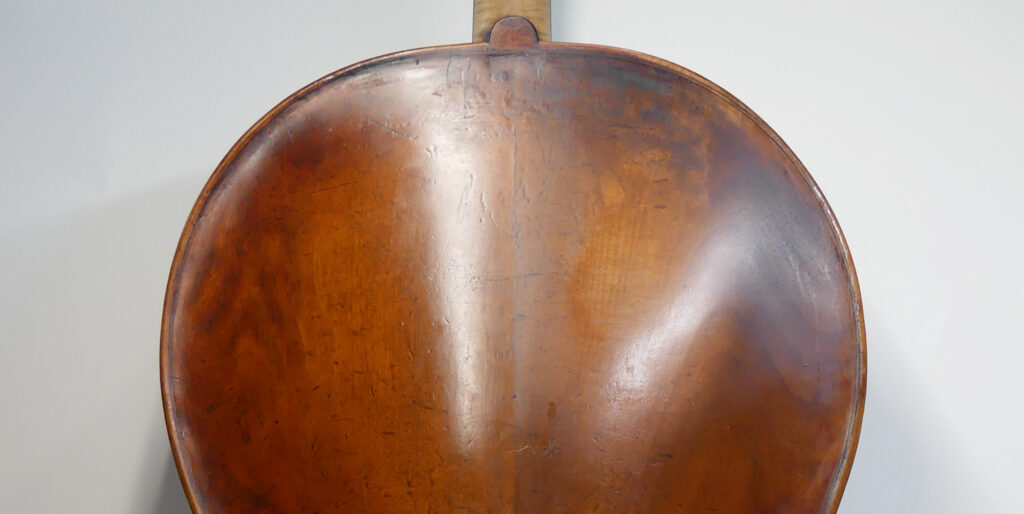
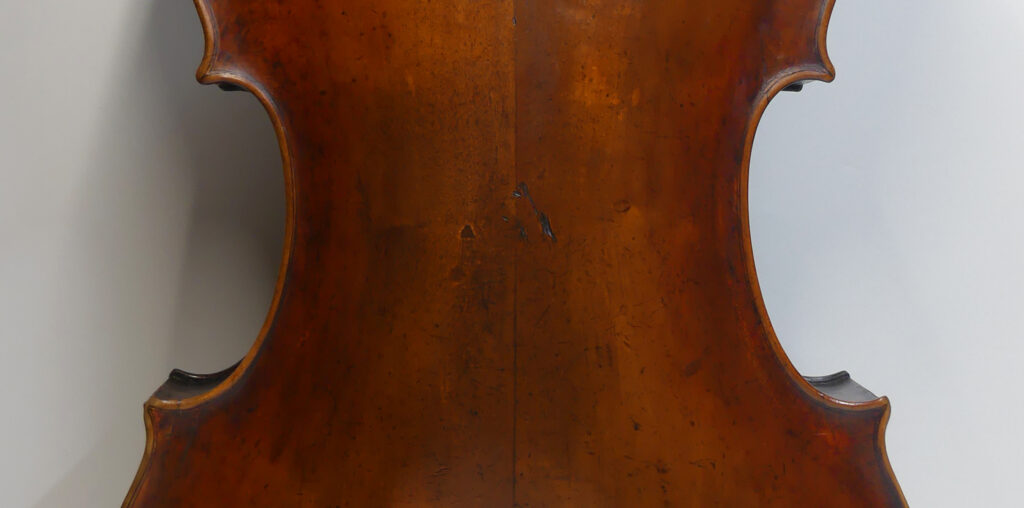
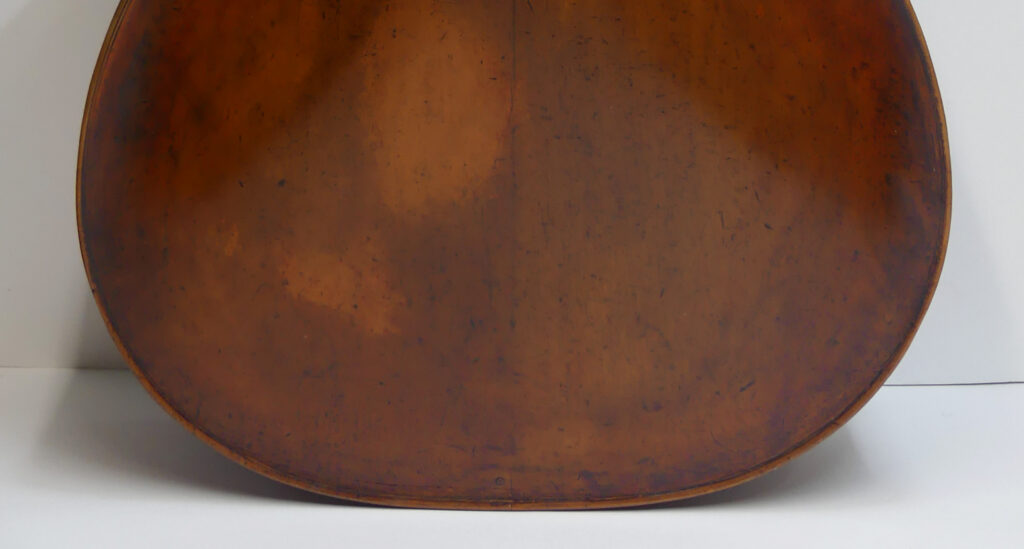 “Old Italian Cello” 1700年頃 ( F. 734-348-230-432 / B. 735-349-225-430 / stop 403 / ff 100-167-231 )
“Old Italian Cello” 1700年頃 ( F. 734-348-230-432 / B. 735-349-225-430 / stop 403 / ff 100-167-231 )
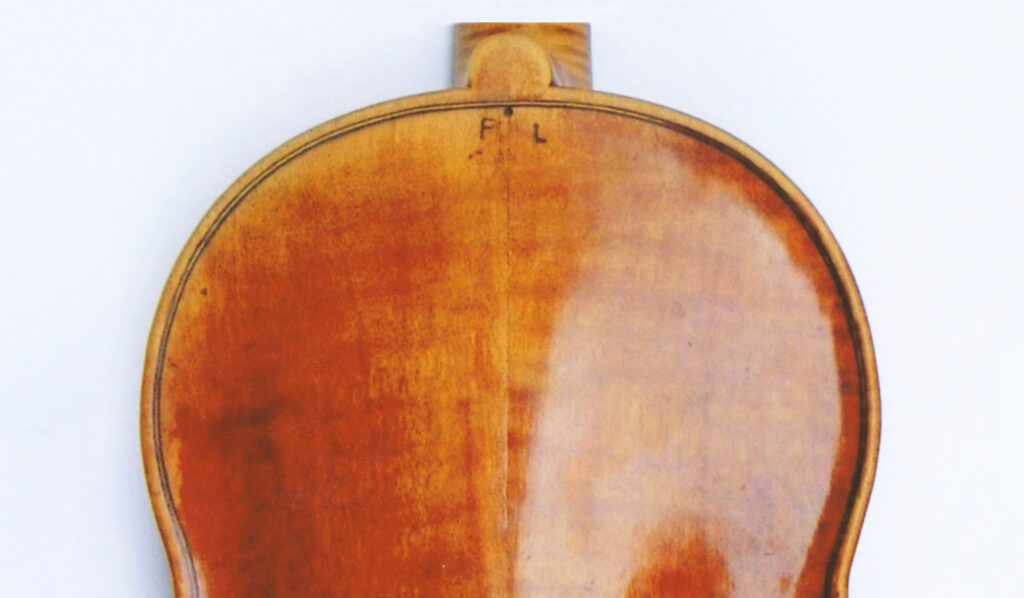
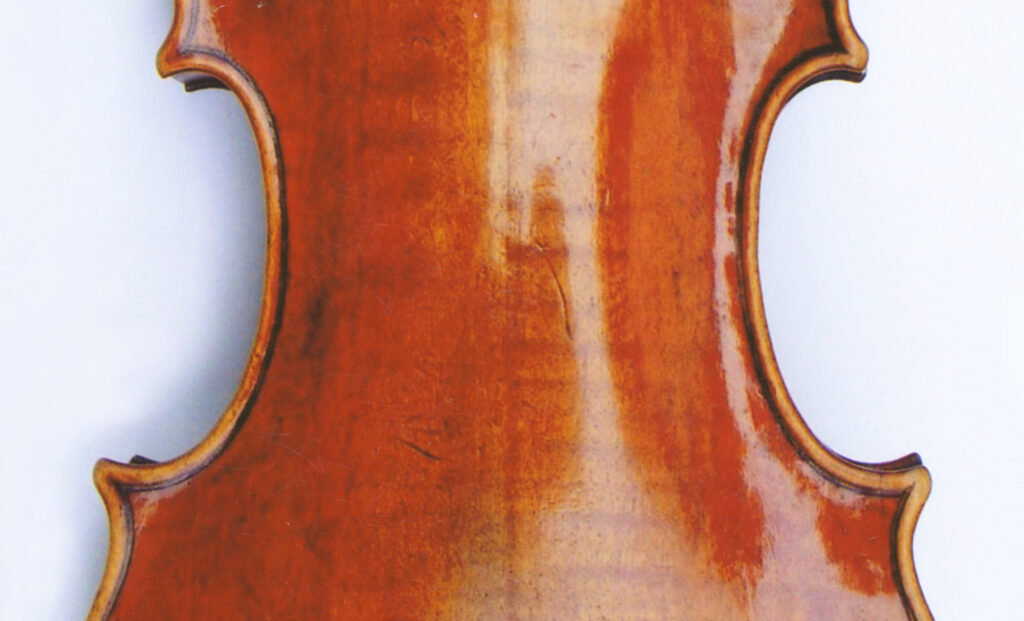
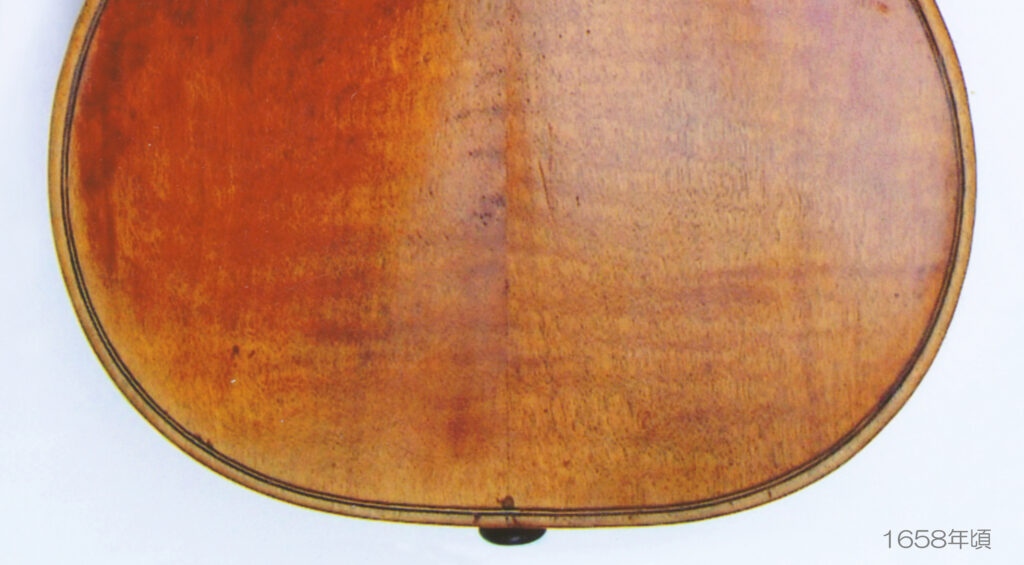
Andrea Guarneri ( 1626-1698 ) Violin, Cremona 1658年頃
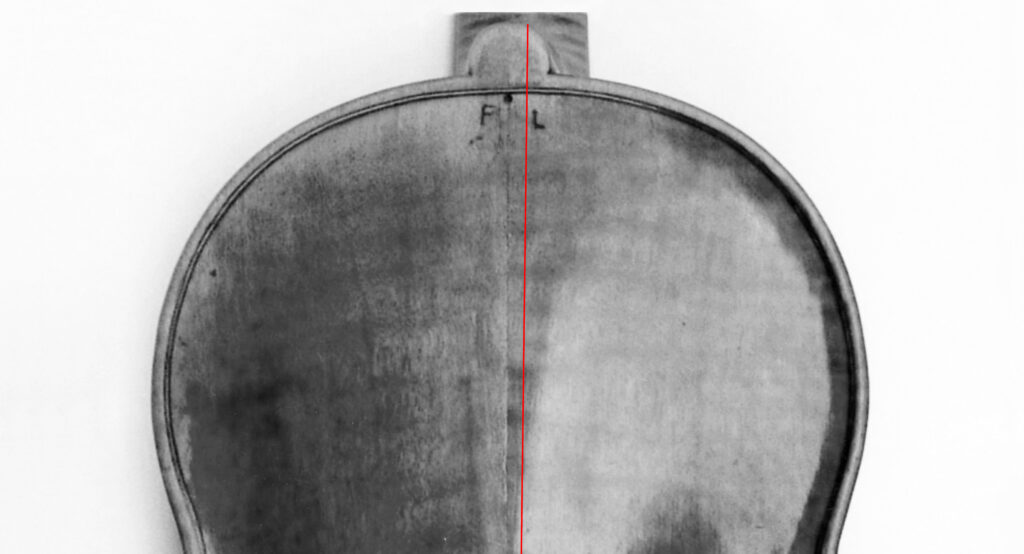
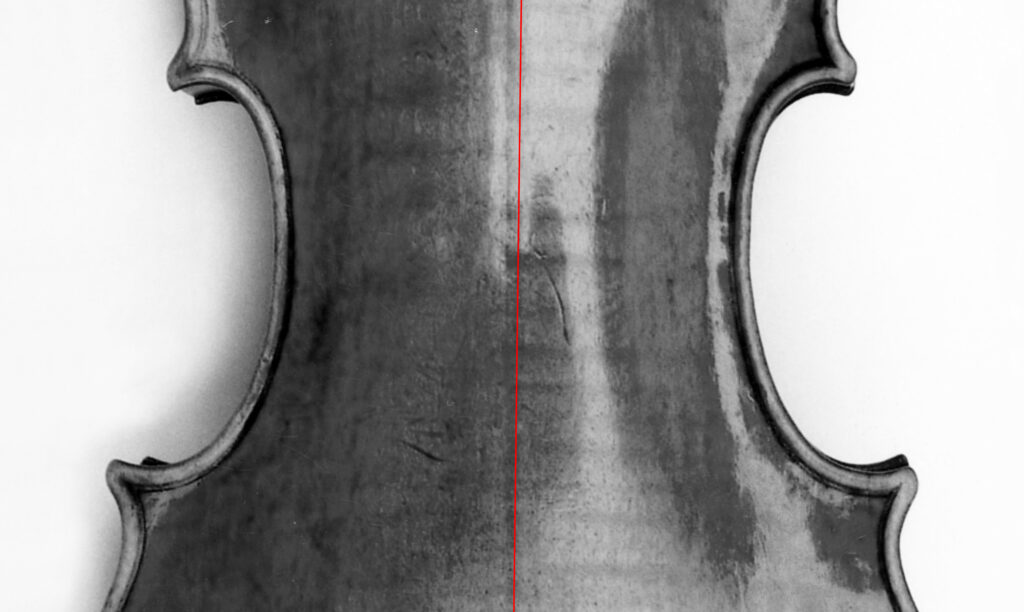
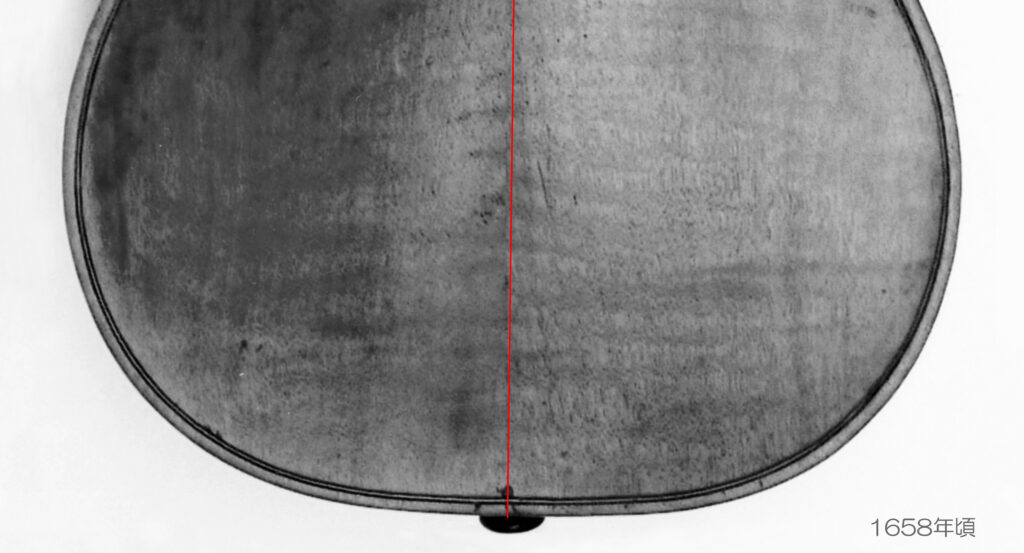



Andrea Guarneri ( 1626-1698 ) Violin, Cremona 1658年頃
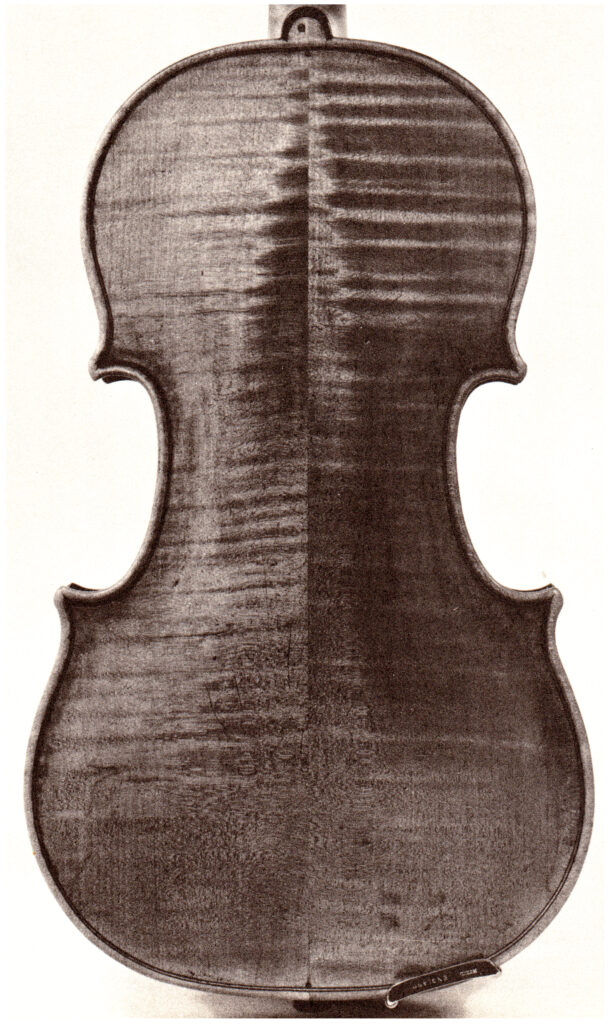 Antonio Stradivari( ca.1644-1737 ) Violin, “Loder” 1729年
Antonio Stradivari( ca.1644-1737 ) Violin, “Loder” 1729年
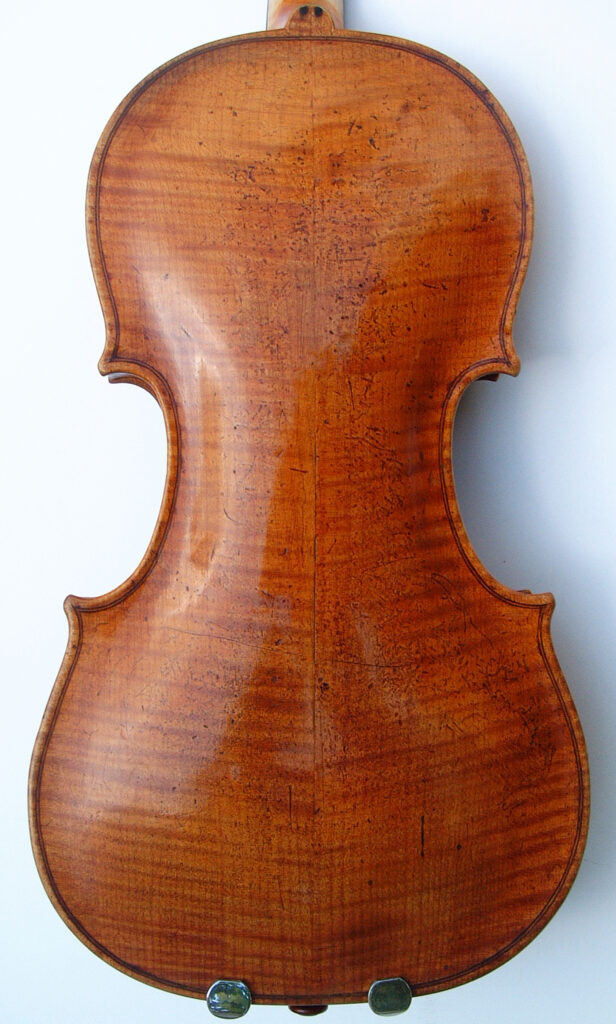 “Aus der römischen Schule” um.1780 L.354-161-101-202 Hamma & Co.
“Aus der römischen Schule” um.1780 L.354-161-101-202 Hamma & Co.
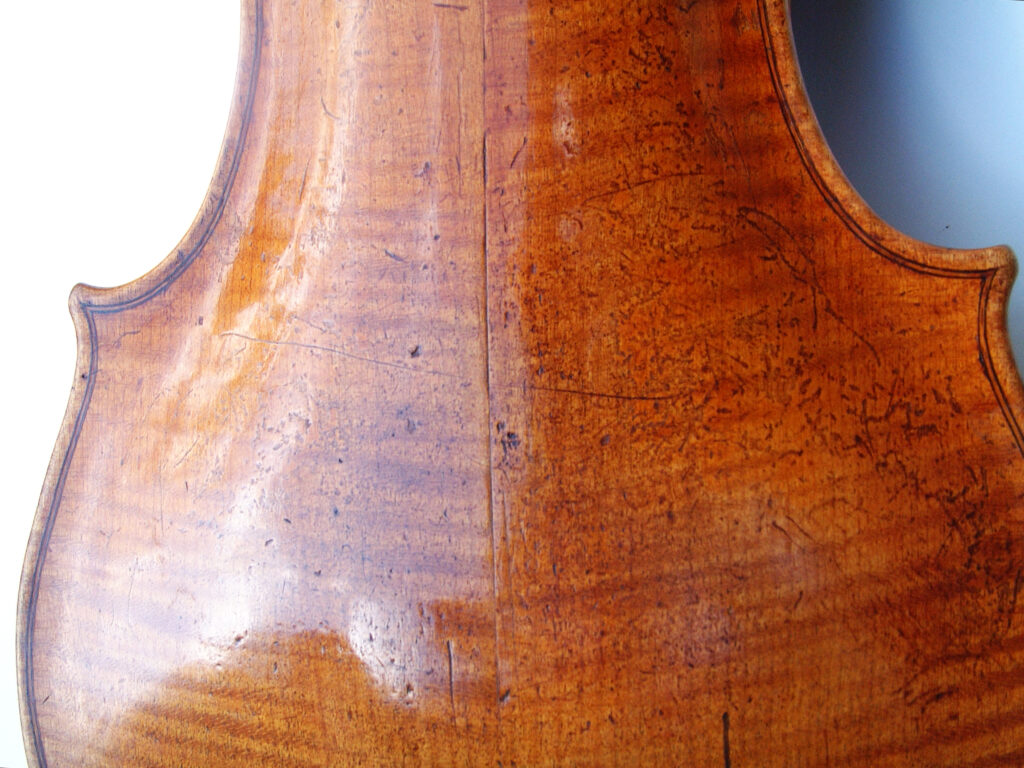 “Aus der römischen Schule” um.1780 L.354-161-101-202 Hamma & Co.
“Aus der römischen Schule” um.1780 L.354-161-101-202 Hamma & Co.
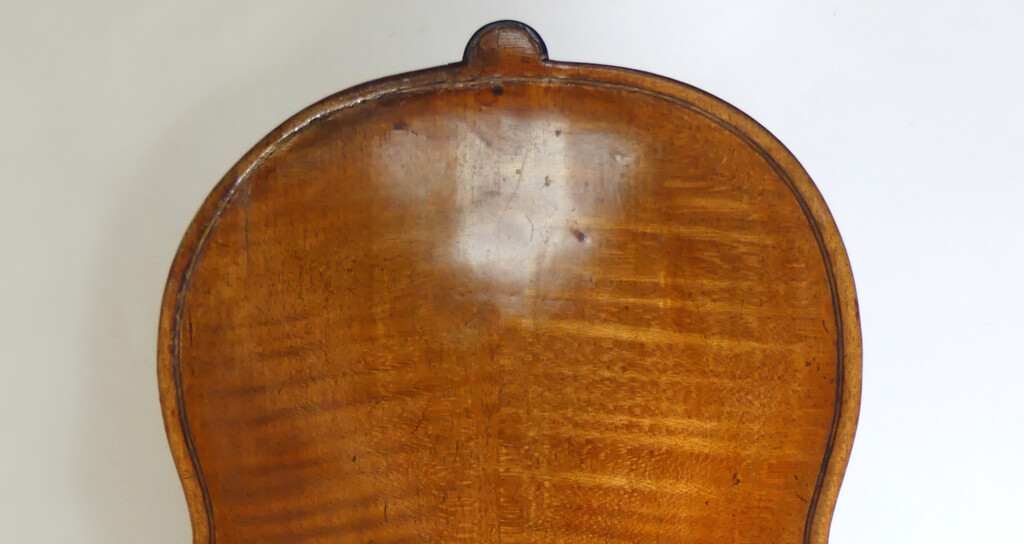
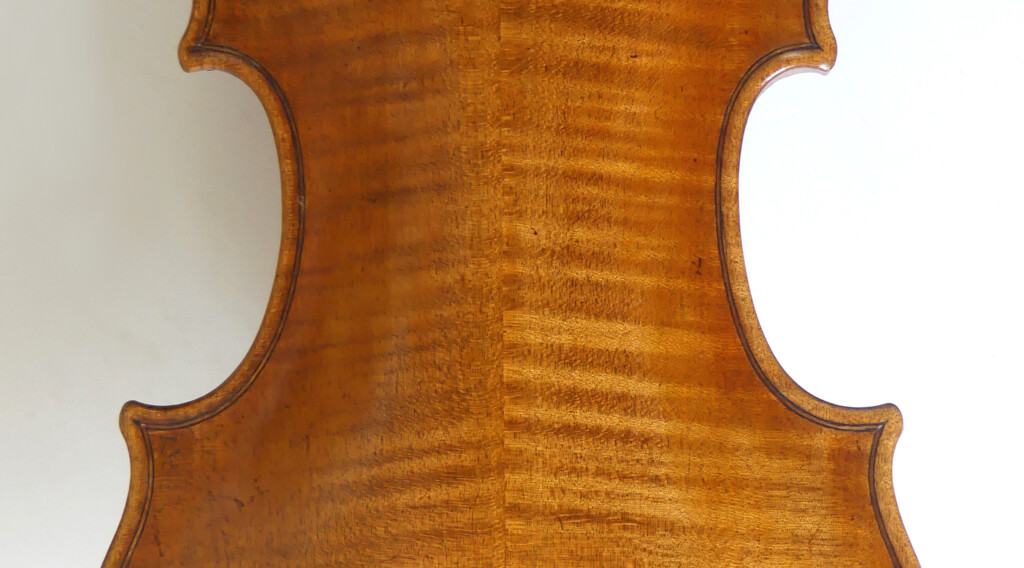
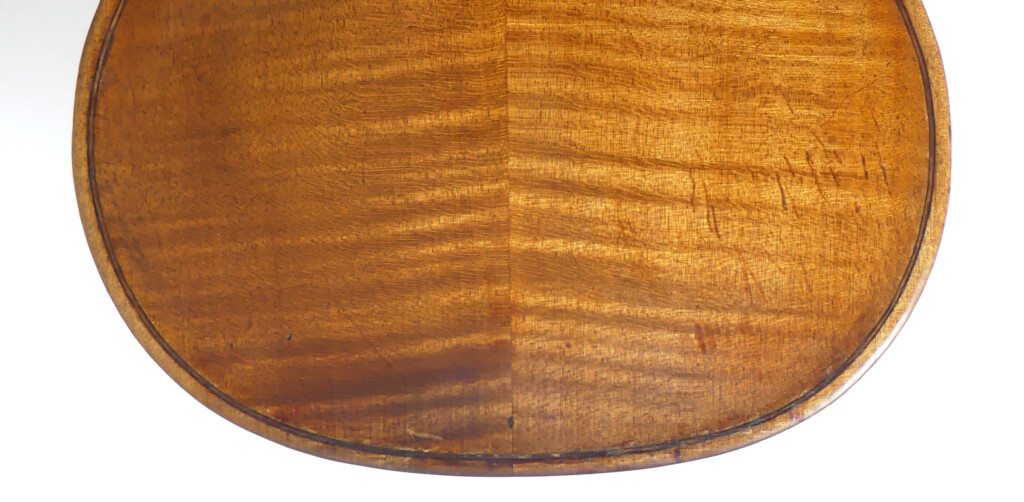 Nicola Gagliano ( ca.1710-1787 ) Violin, Napoli 1737年
Nicola Gagliano ( ca.1710-1787 ) Violin, Napoli 1737年
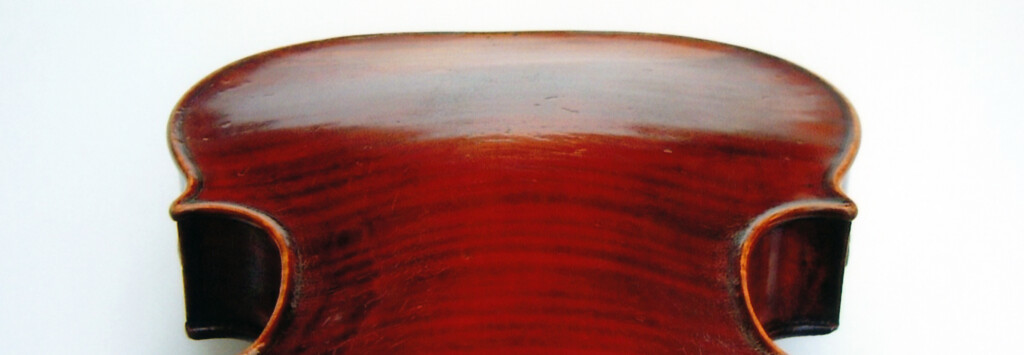

 Giovanni Francesco Pressenda ( 1777-1854 ) Violin, Turin 1837年
Giovanni Francesco Pressenda ( 1777-1854 ) Violin, Turin 1837年


 Santo Serafin ( 1699-1776 ) Violin, Venice 1720年
Santo Serafin ( 1699-1776 ) Violin, Venice 1720年

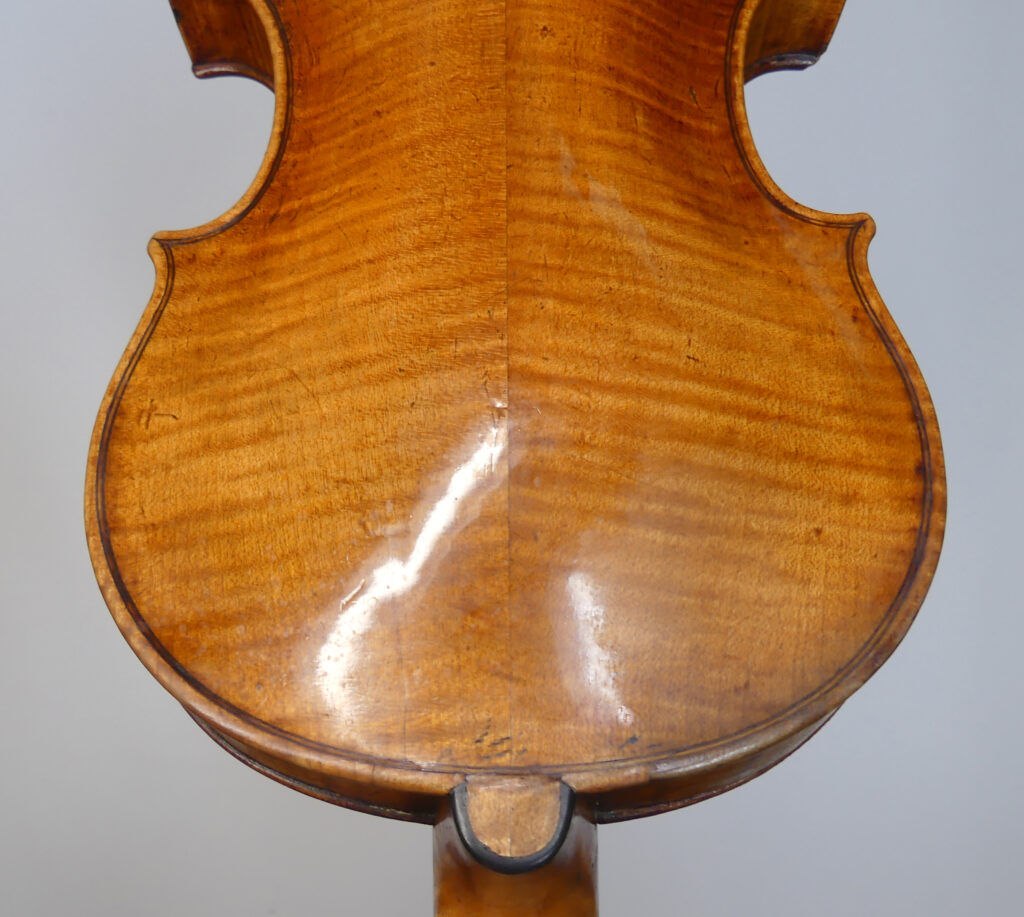
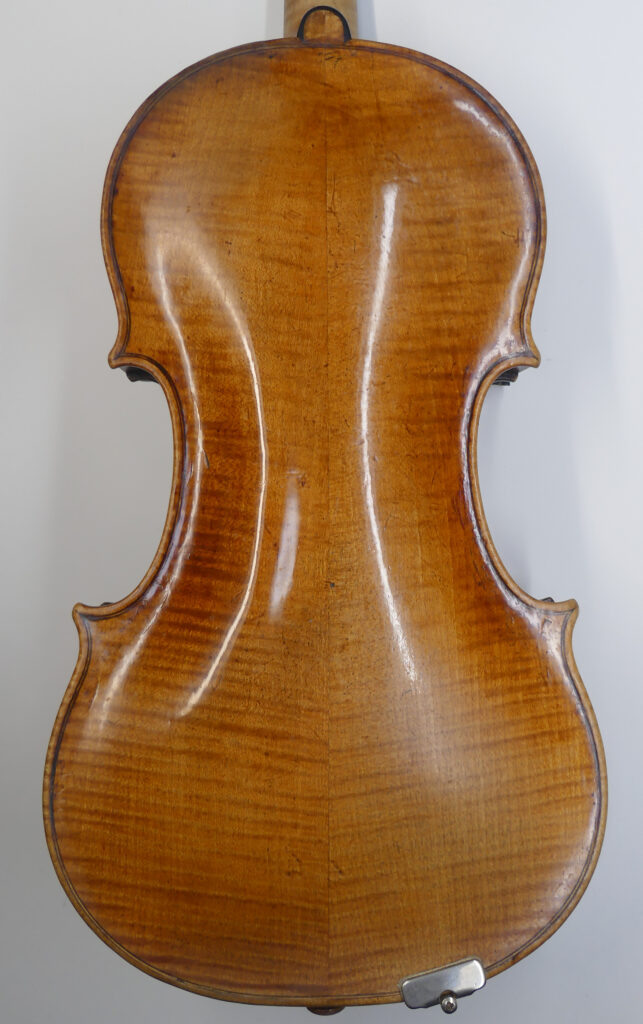 Santo Serafin ( 1699-1776 ) Violin, Venice 1720年
Santo Serafin ( 1699-1776 ) Violin, Venice 1720年
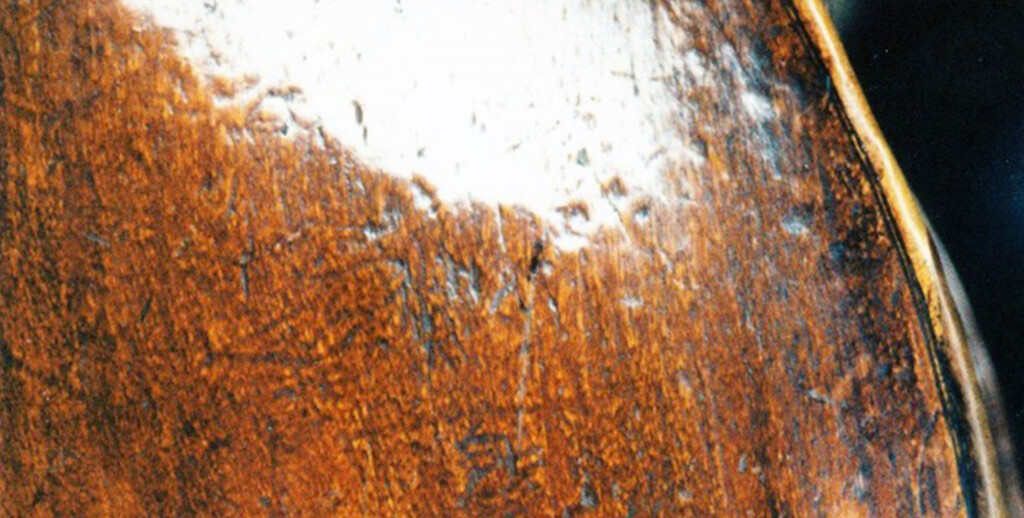
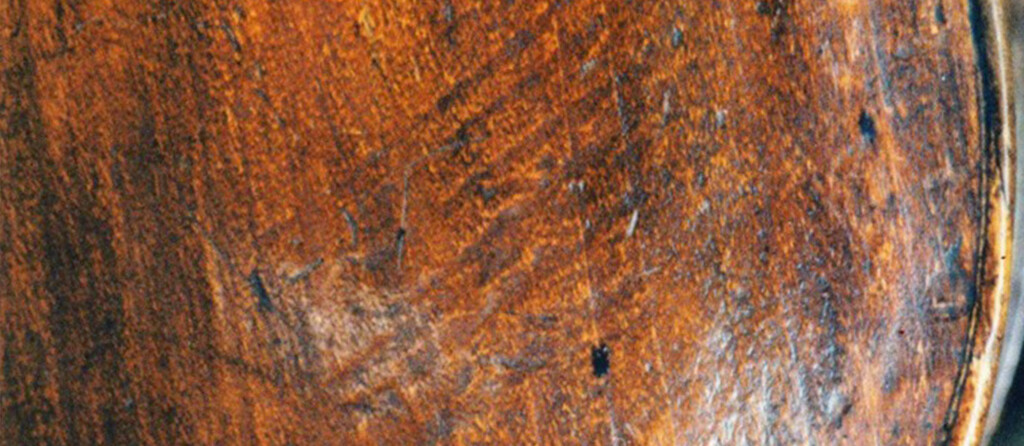
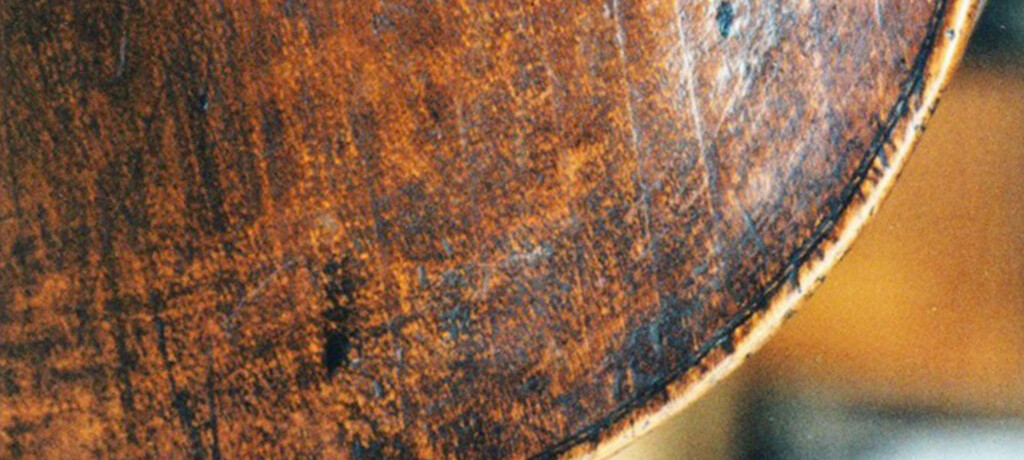 “Guarneri del Gesù”( 1698-1744 ) Cello “Messeas”, Cremona 1731年
“Guarneri del Gesù”( 1698-1744 ) Cello “Messeas”, Cremona 1731年
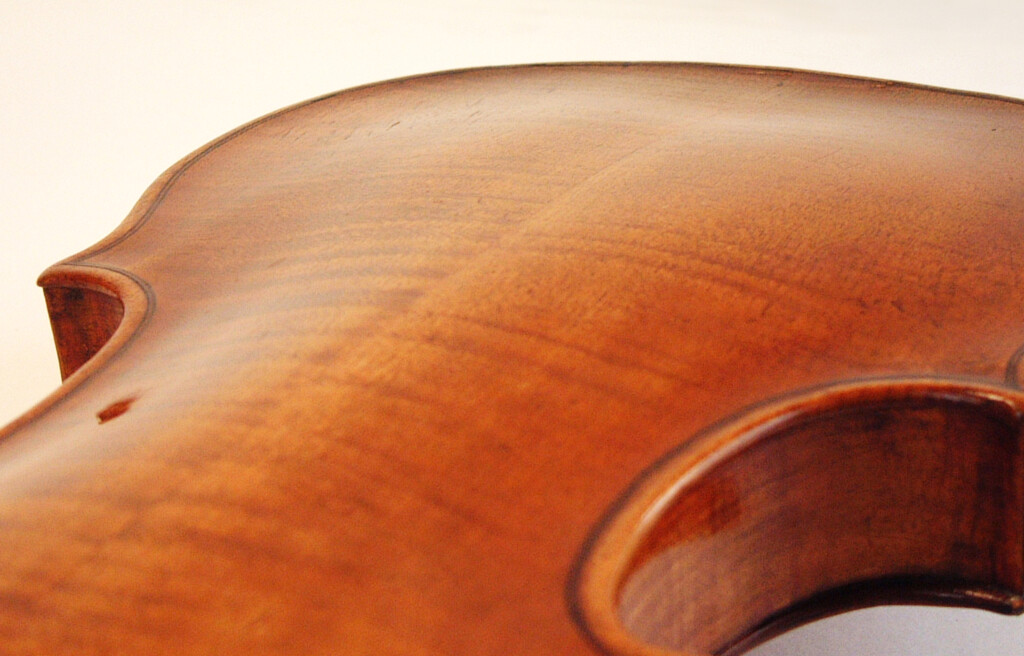
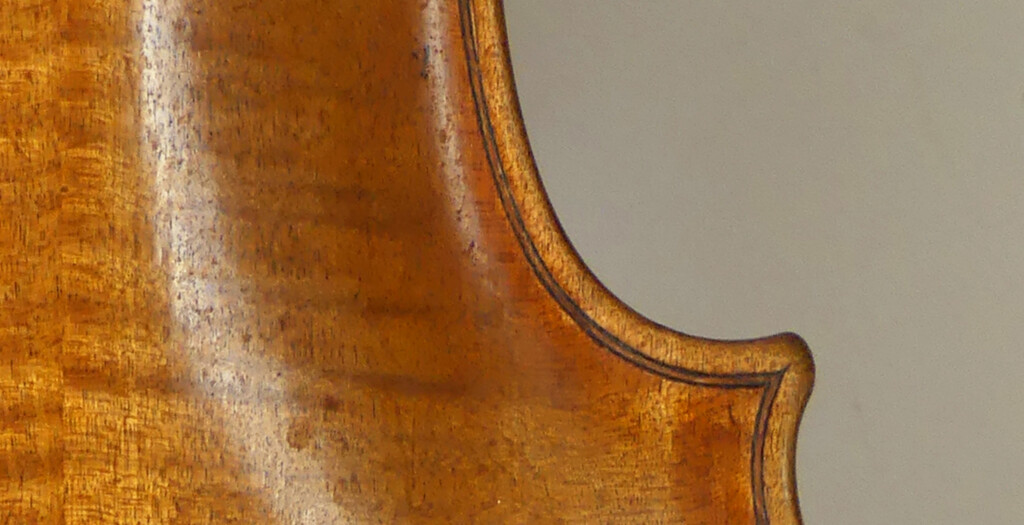

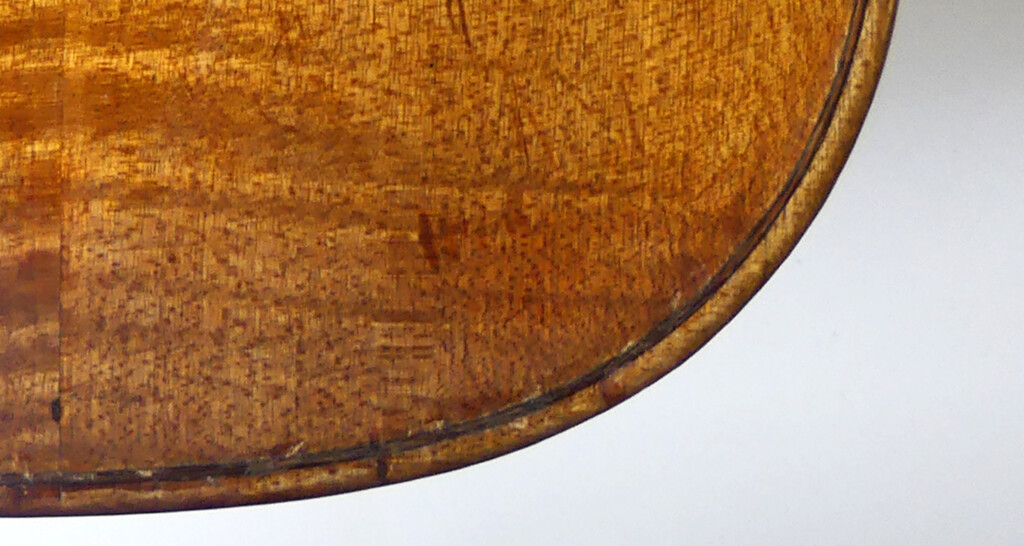
Nicola Gagliano ( ca.1710-1787 ) Violin, Napoli 1737年
ですから、一見すると不可解とも思える アーチの不連続形状や、これらの加熱した治具などでつけられたキズは 塗装直前の最終段階で、演奏しながら… 響きやバランスを検討して施されたものと考えます。
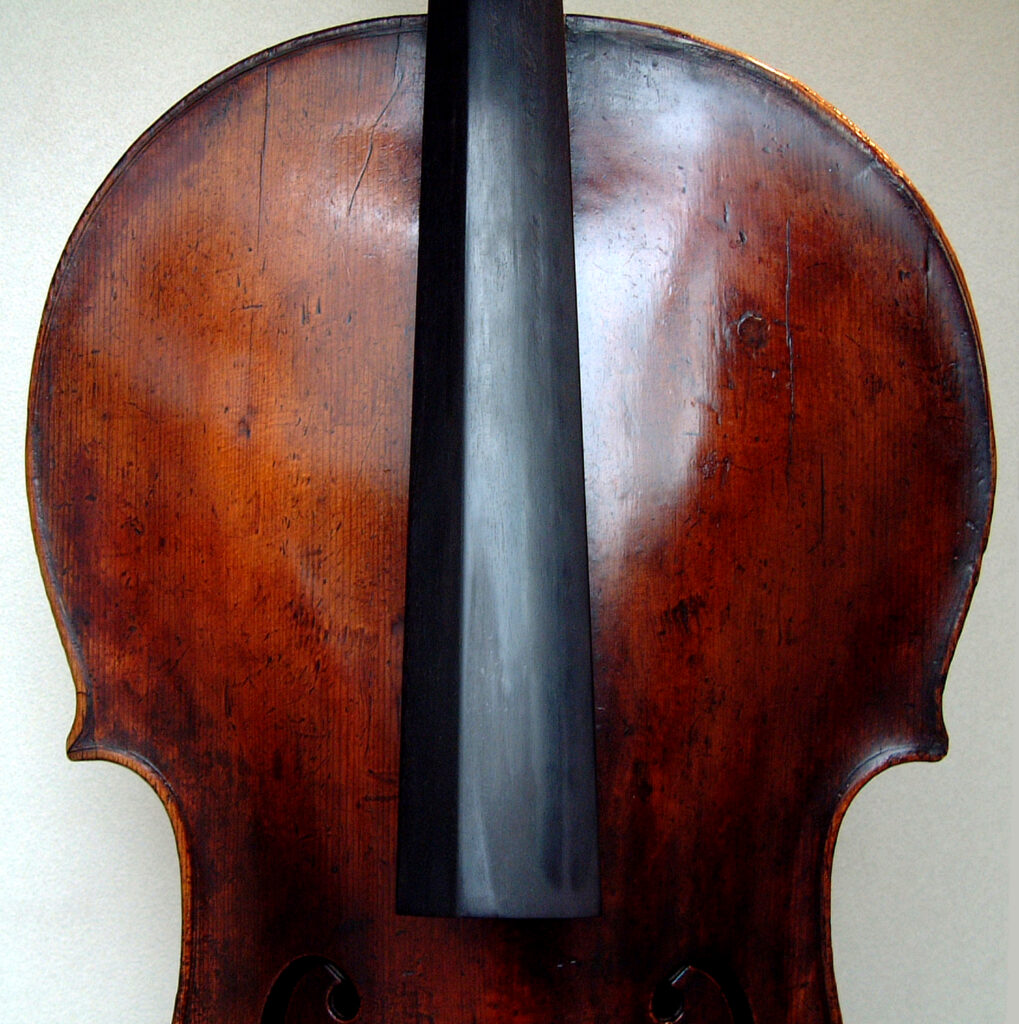 “Old Italian Cello” 1700年頃 ( F. 734-348-230-432 / B. 735-349-225-430 / stop 403 / ff 100-167-231 )
“Old Italian Cello” 1700年頃 ( F. 734-348-230-432 / B. 735-349-225-430 / stop 403 / ff 100-167-231 )
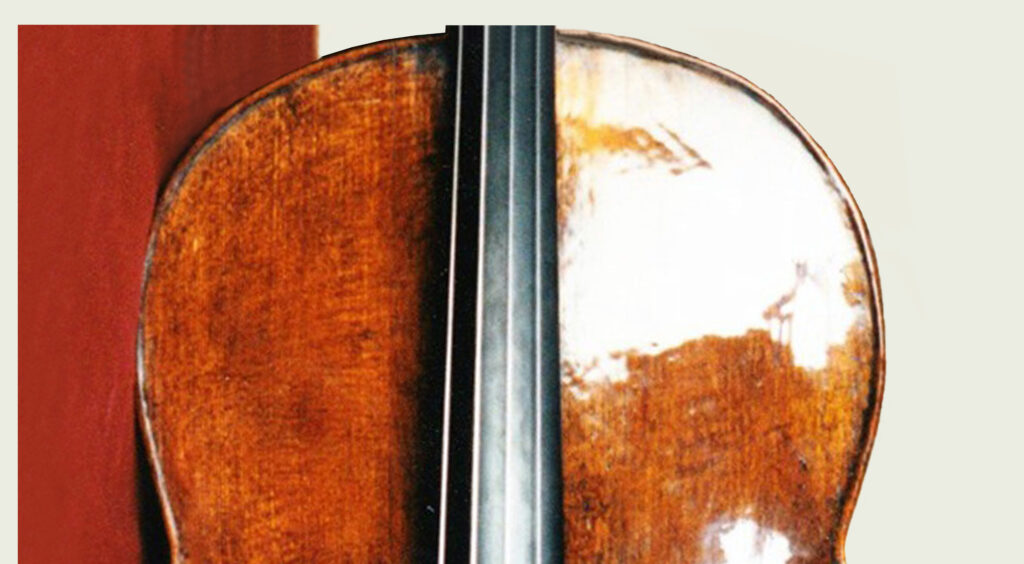
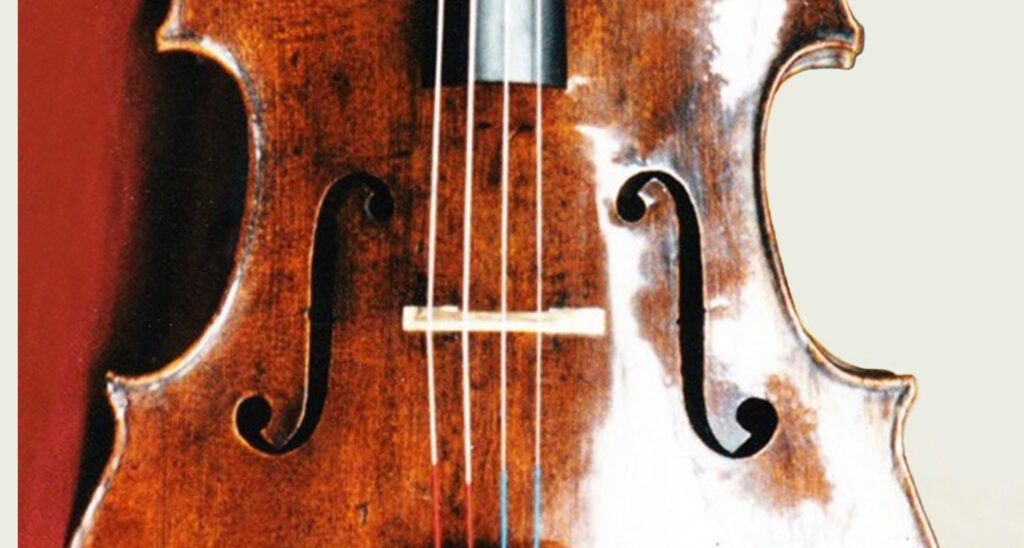
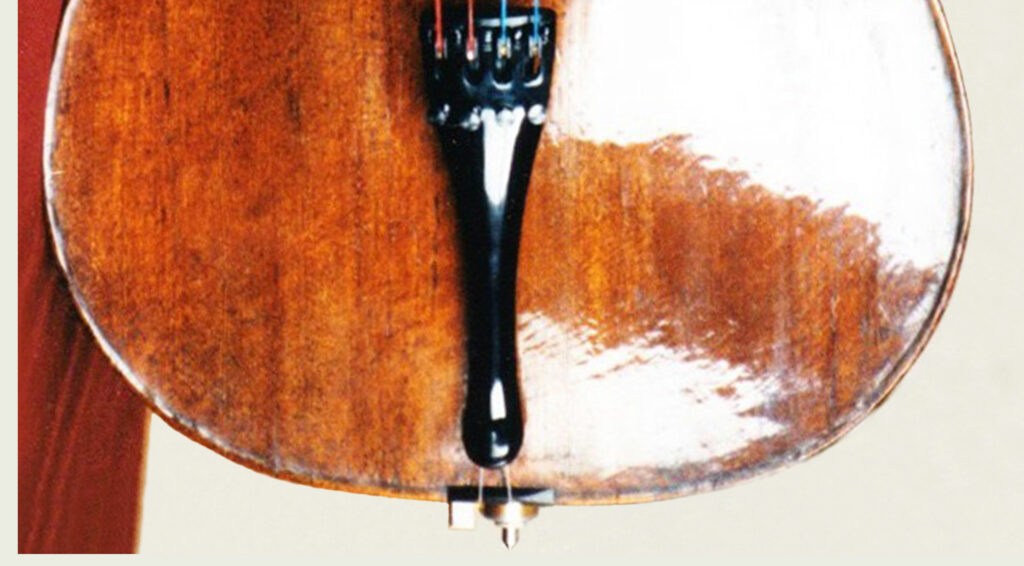 Guarneri del Gesù ( 1698-1744 ) Violoncello, “Messeas” 1731年
Guarneri del Gesù ( 1698-1744 ) Violoncello, “Messeas” 1731年
Joseph Naomi Yokota
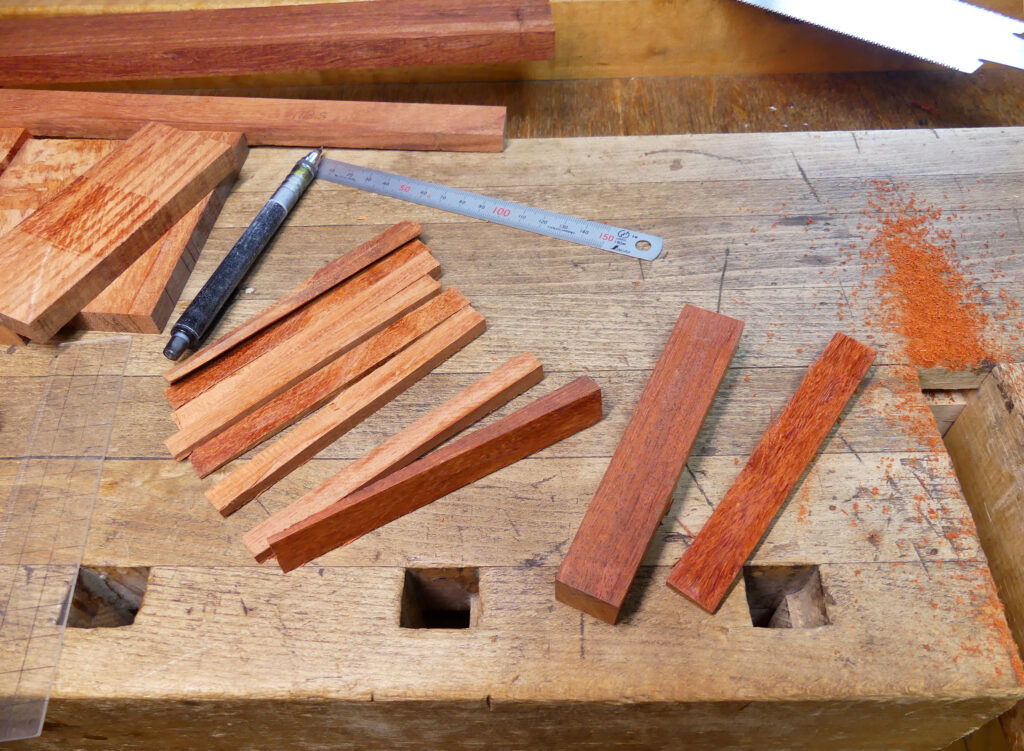

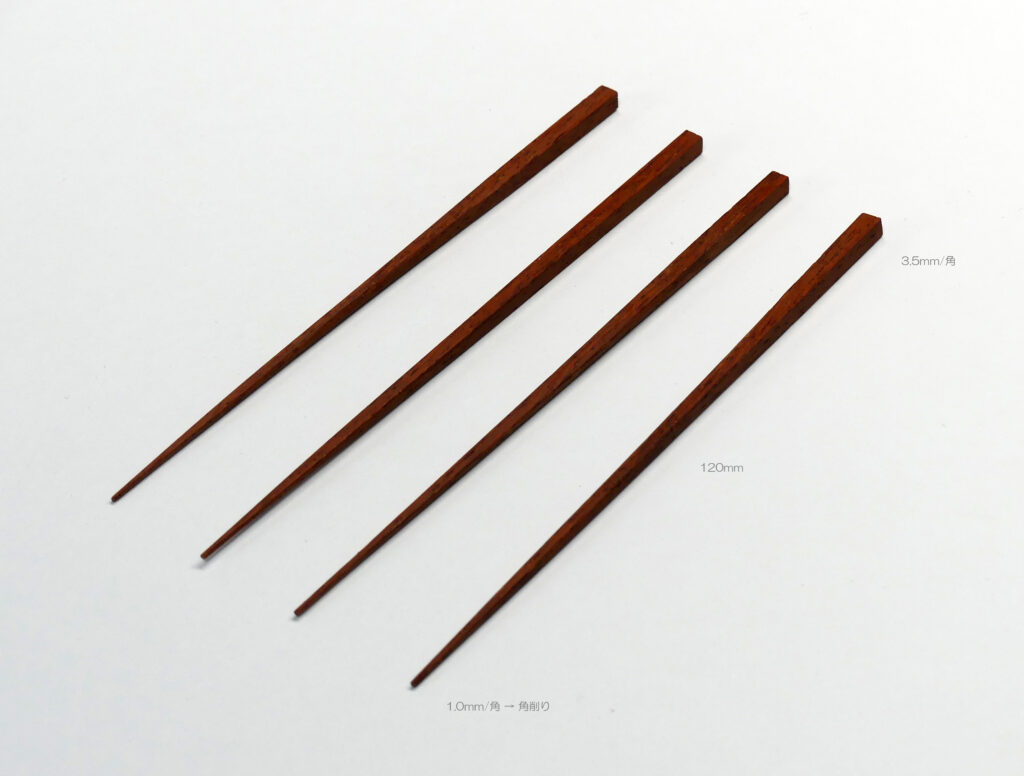 We decided to change the cross-sectional shape of the wood pin from the initial plan.
We decided to change the cross-sectional shape of the wood pin from the initial plan.
I am currently learning from an old cello, which I am using as a reference for my cello making.
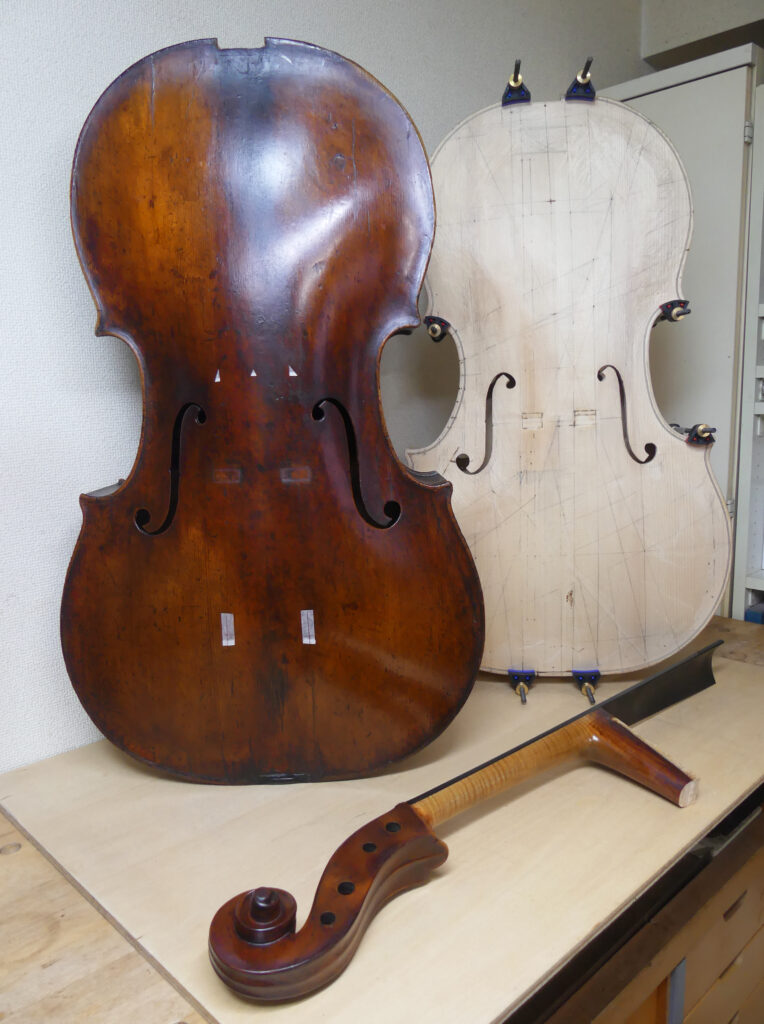
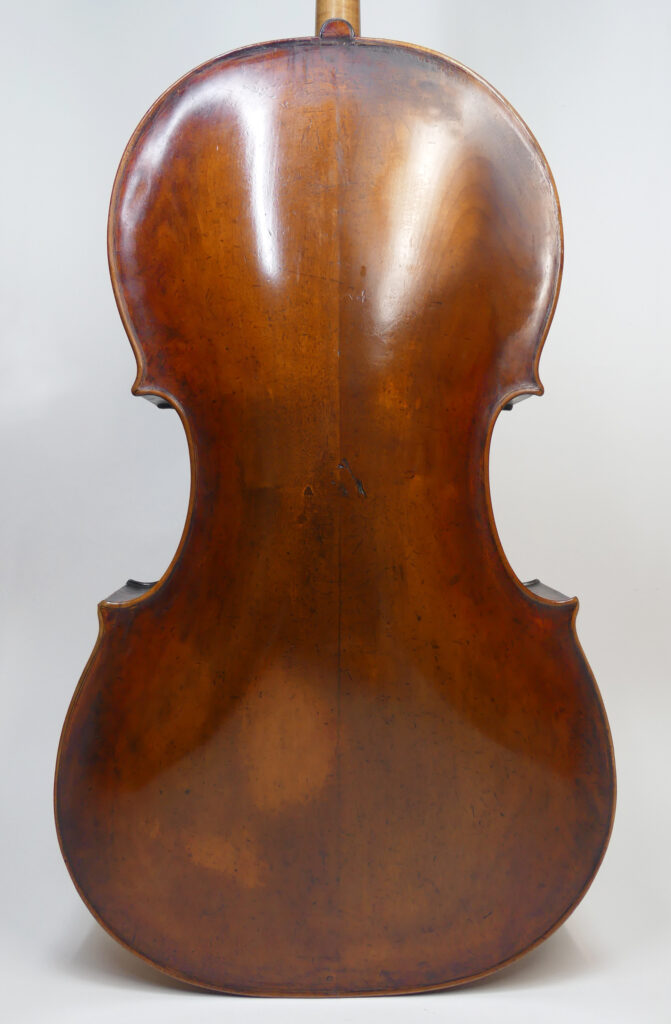
“Old Italian Cello” 1700年頃 ( F. 734-348-230-432 / B. 735-349-225-430 / stop 403 / ff 100-167-231 )
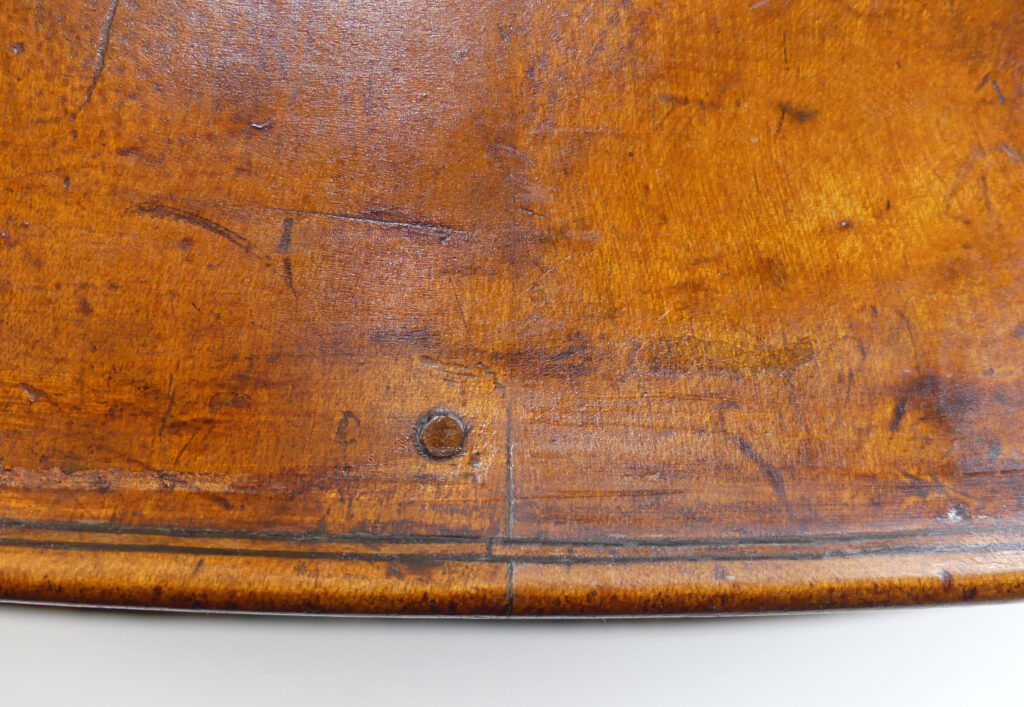
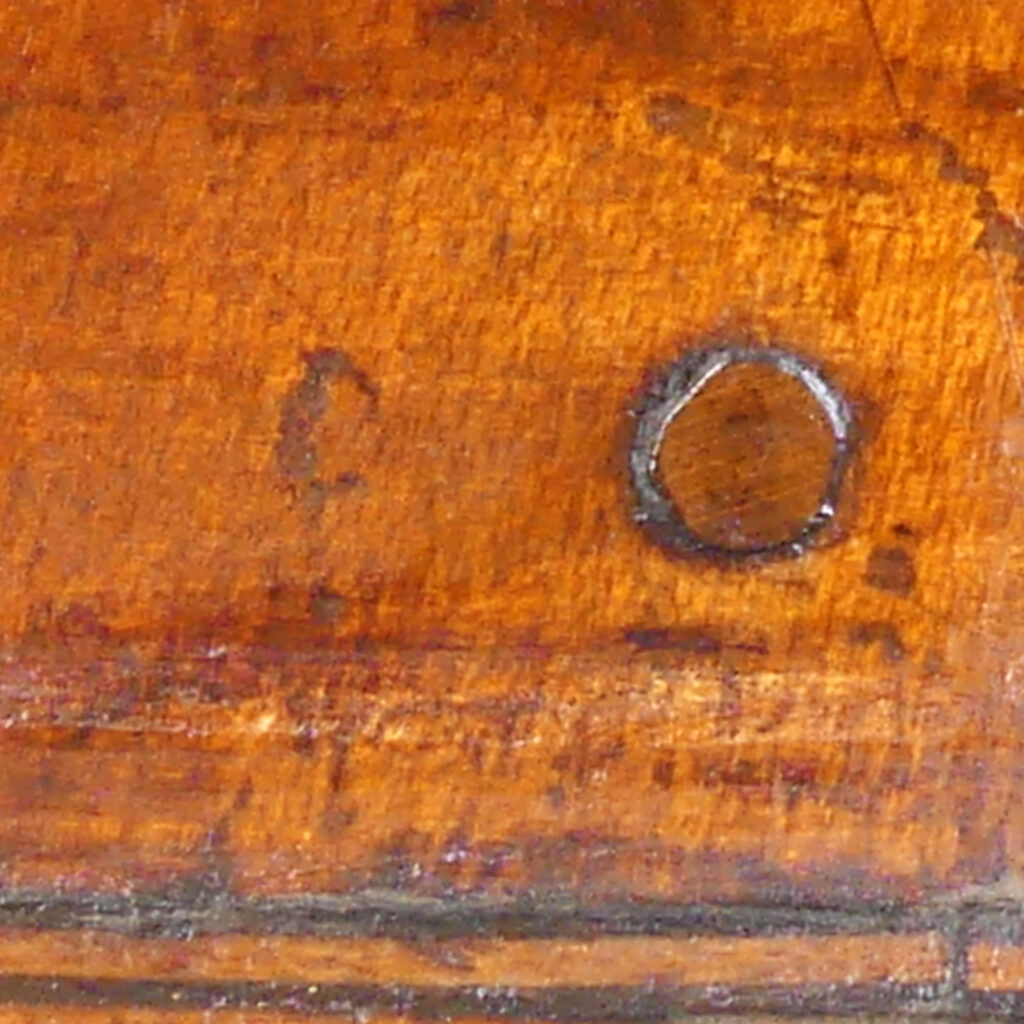
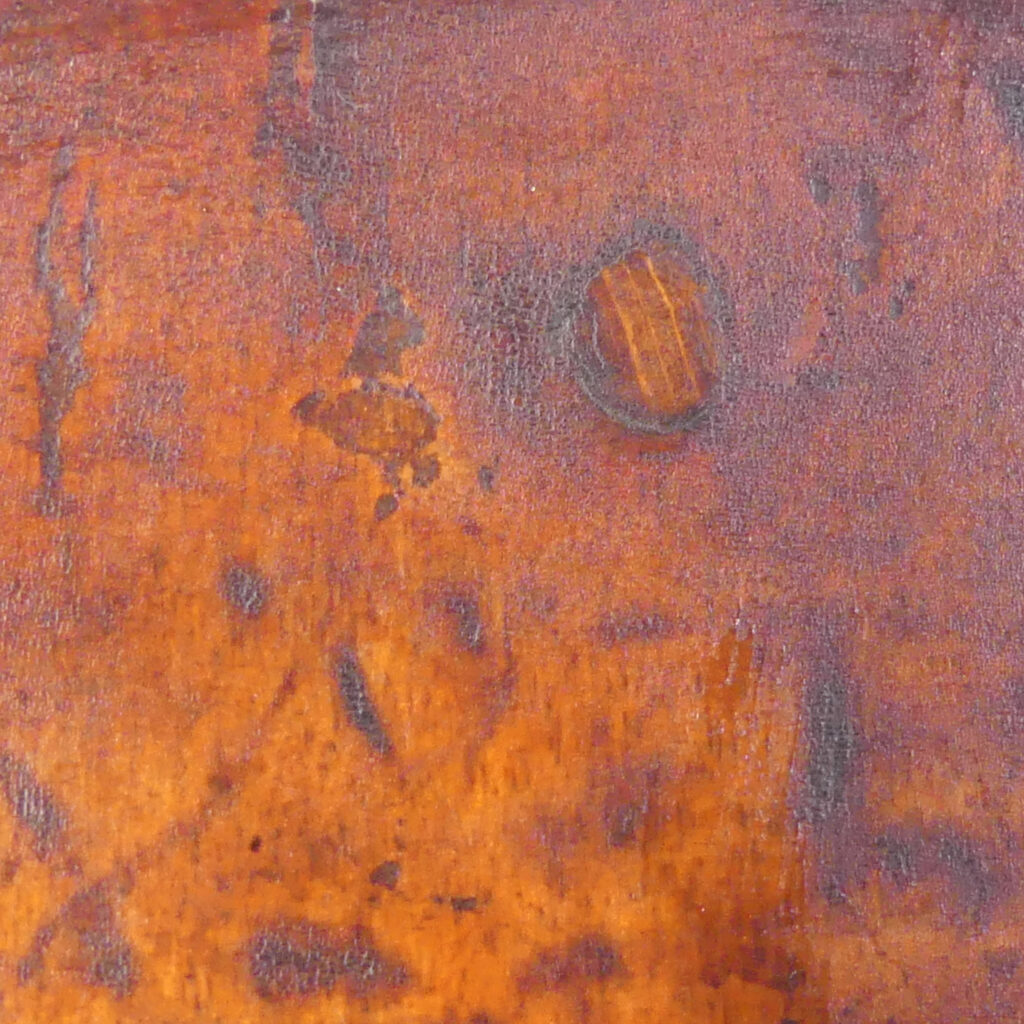
“Old Italian Cello” 1700年頃 ( F. 734-348-230-432 / B. 735-349-225-430 / stop 403 / ff 100-167-231 )
It is important that the cross section of a wood pin is an irregular shape close to a hexagon, rather than round or square.
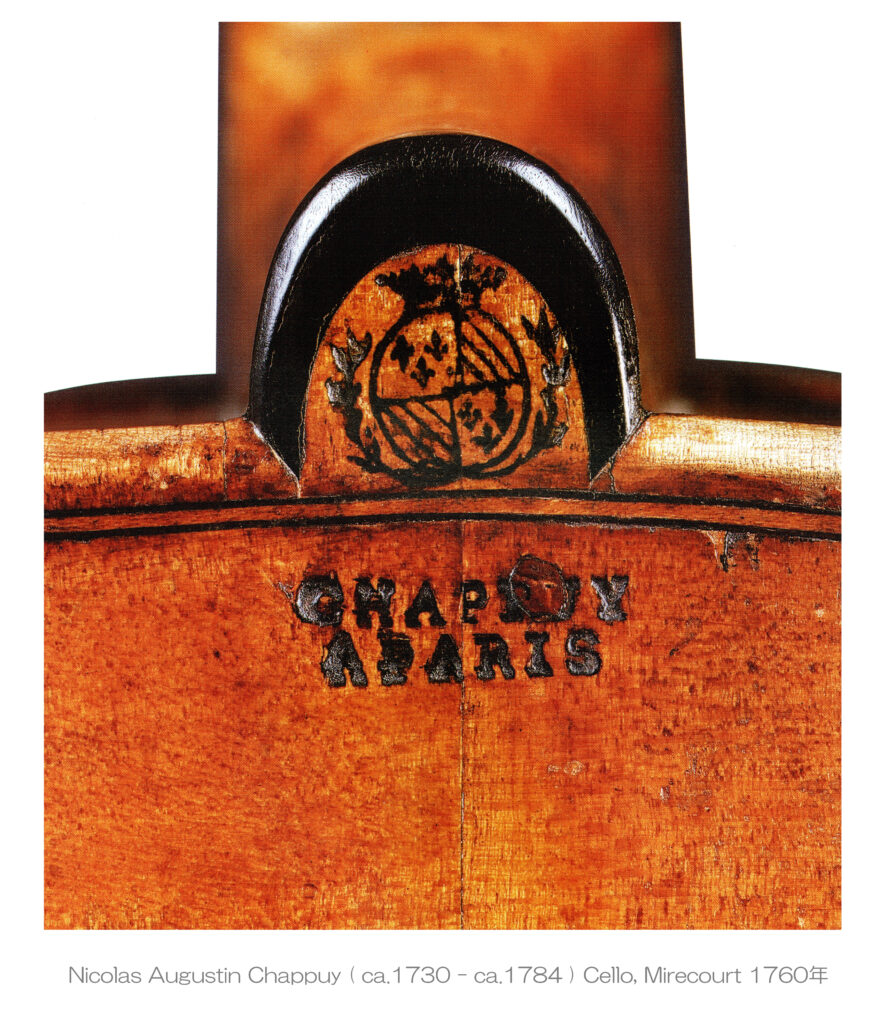
May 4, 2025 18:59
Hardwood pins were embedded in a “playable cello”.

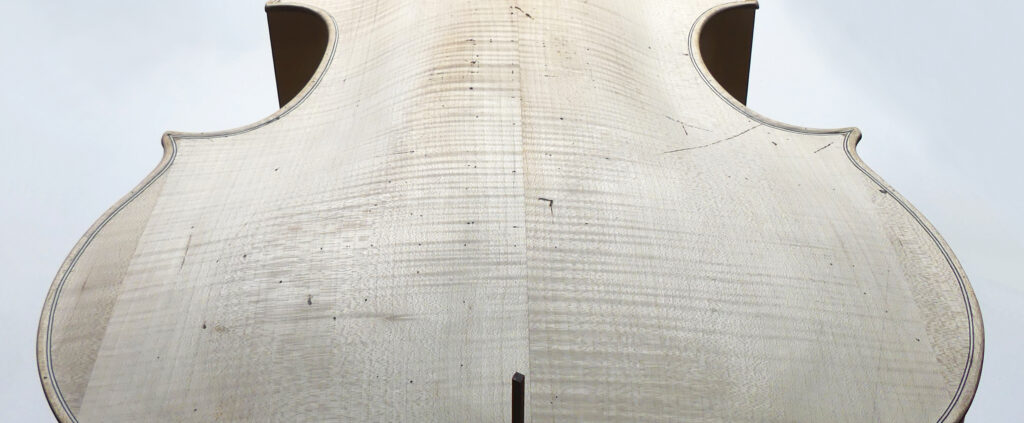
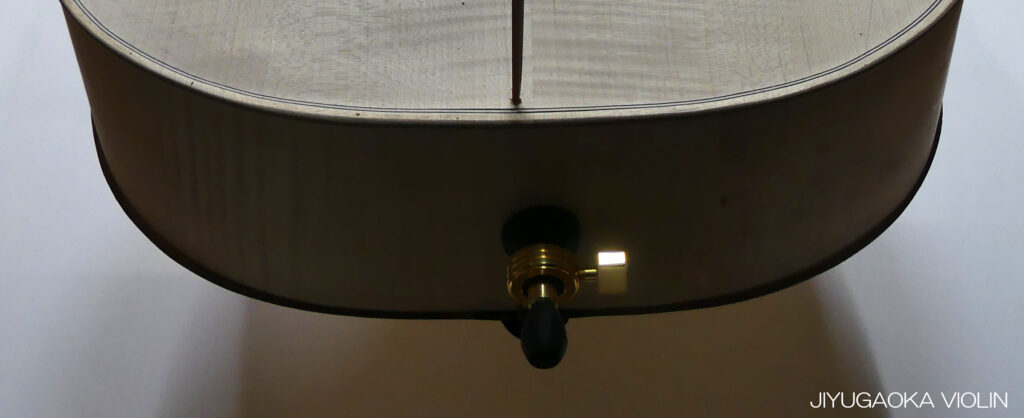
Now we will check the difference in sound between having and not having hardwood pins.
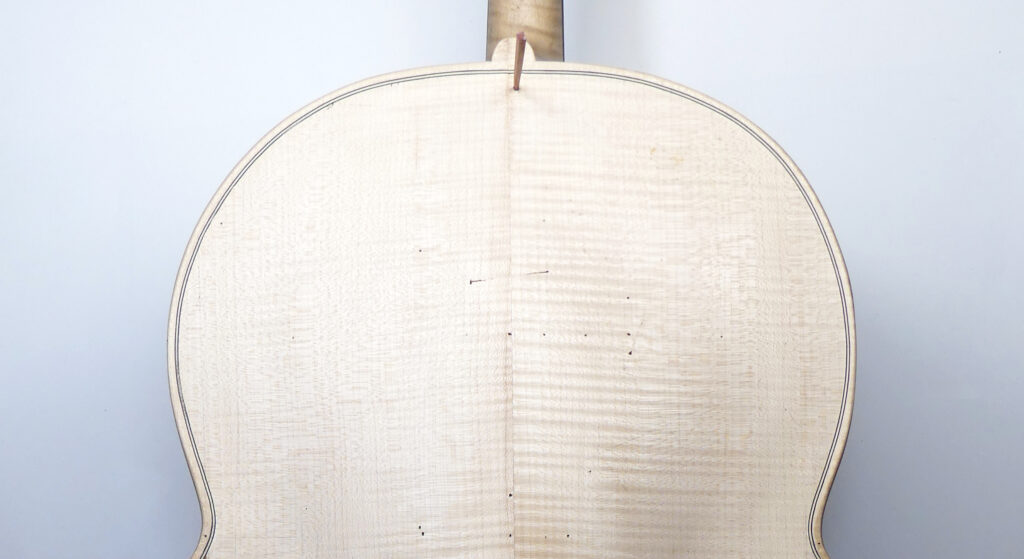
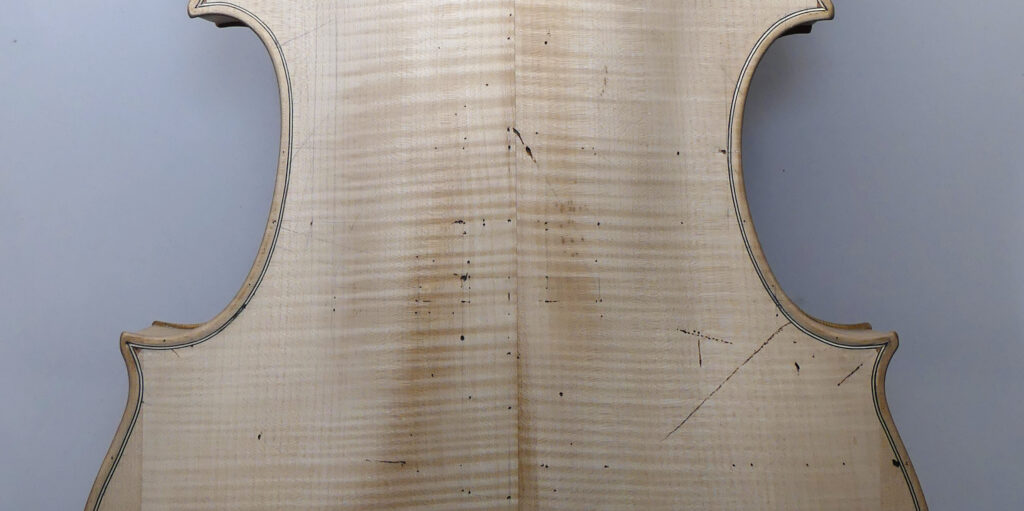
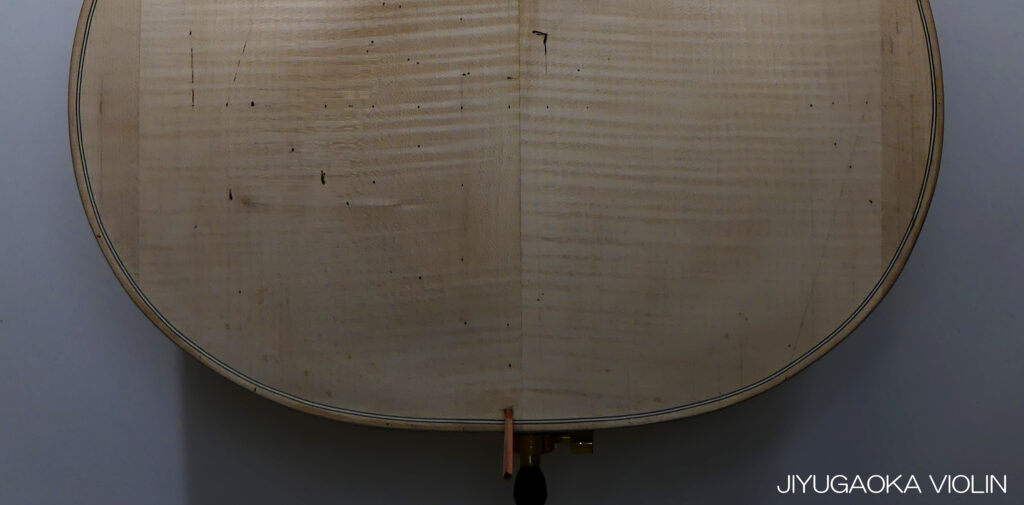
May 6, 2025 12:19
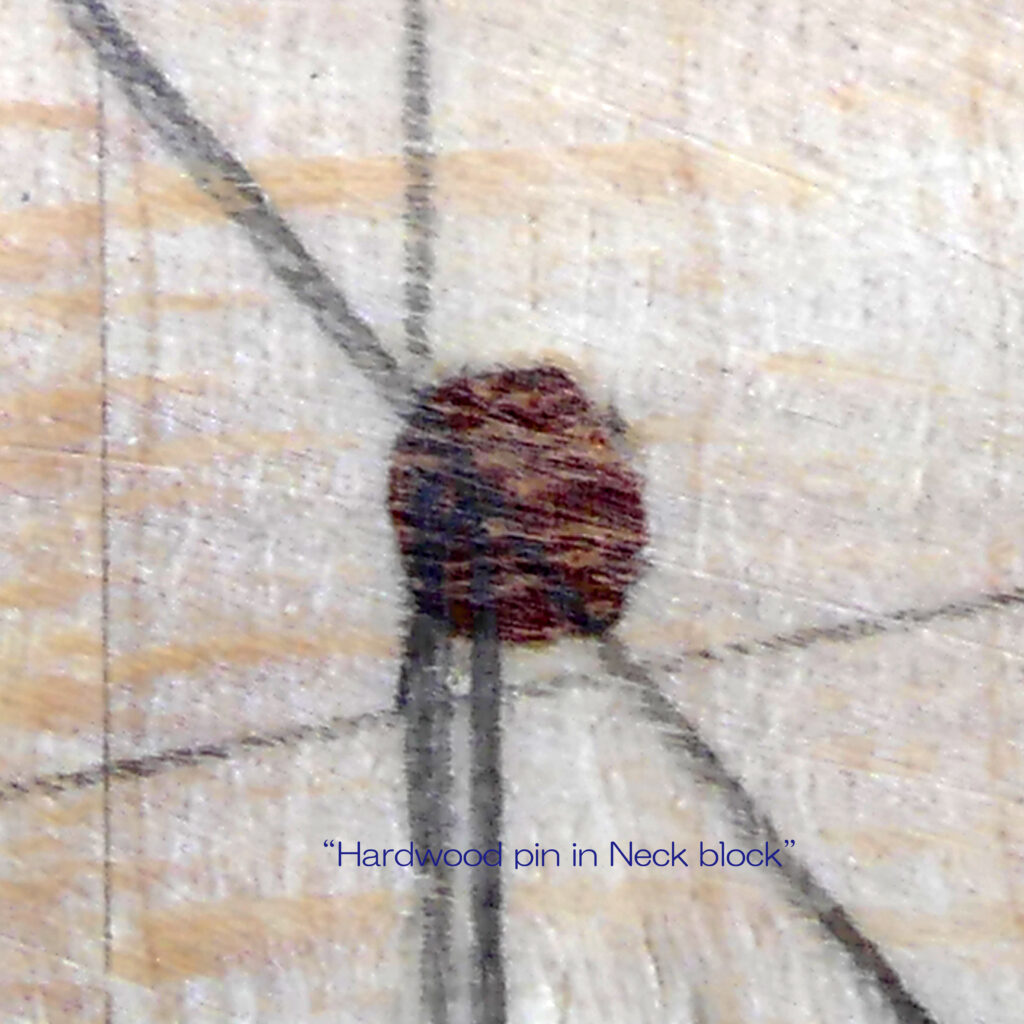
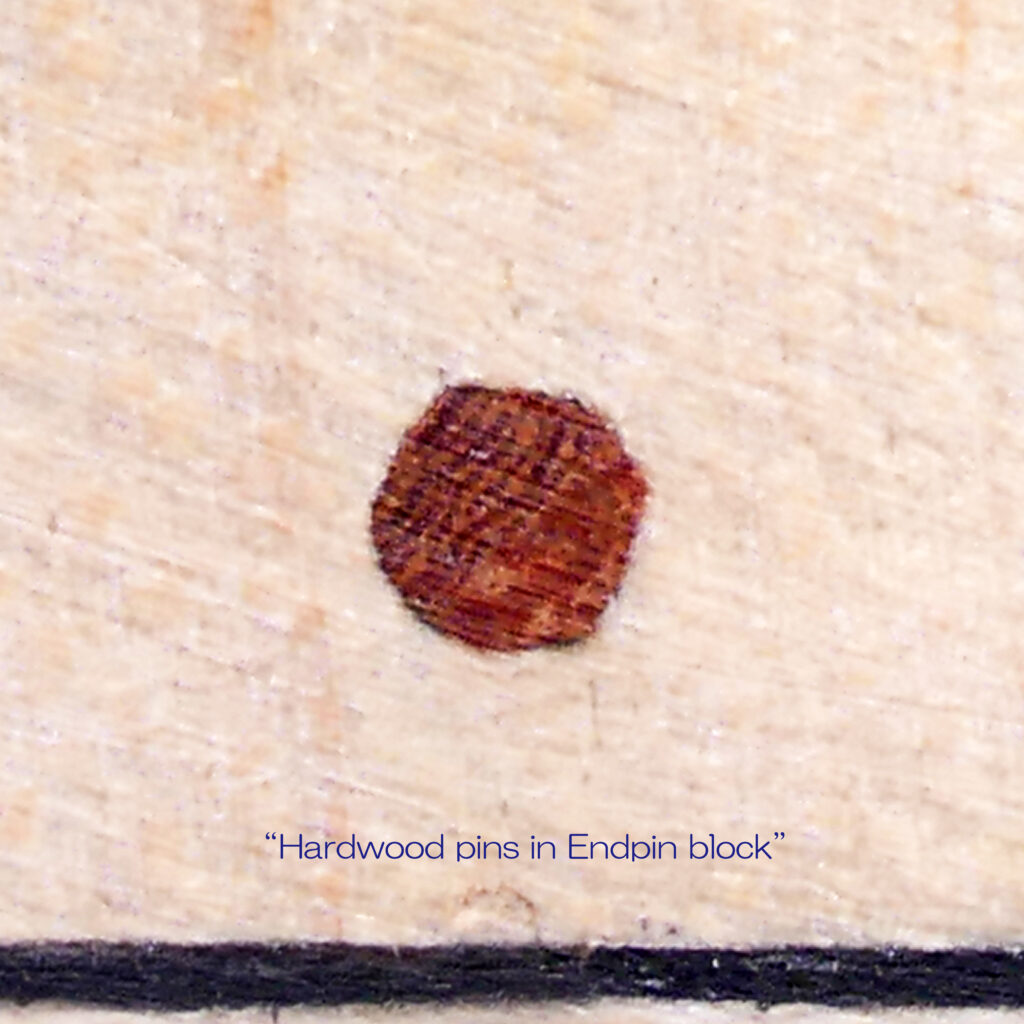
Hardwood pin in Neck block / Hardwood pin in Endpin block
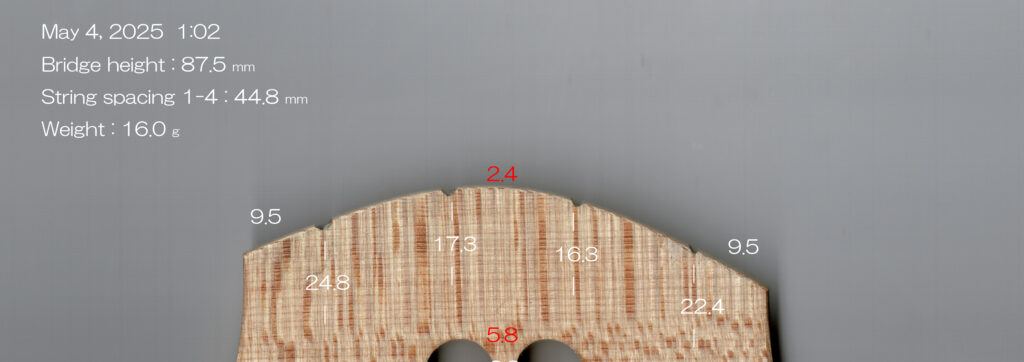
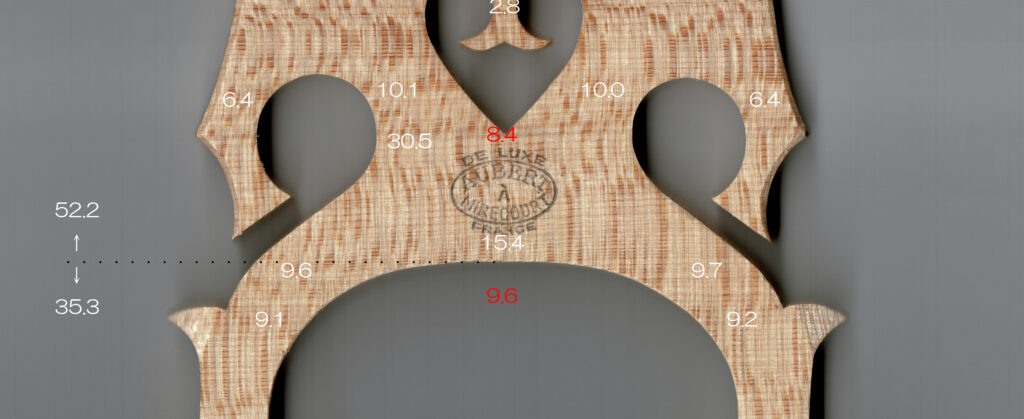
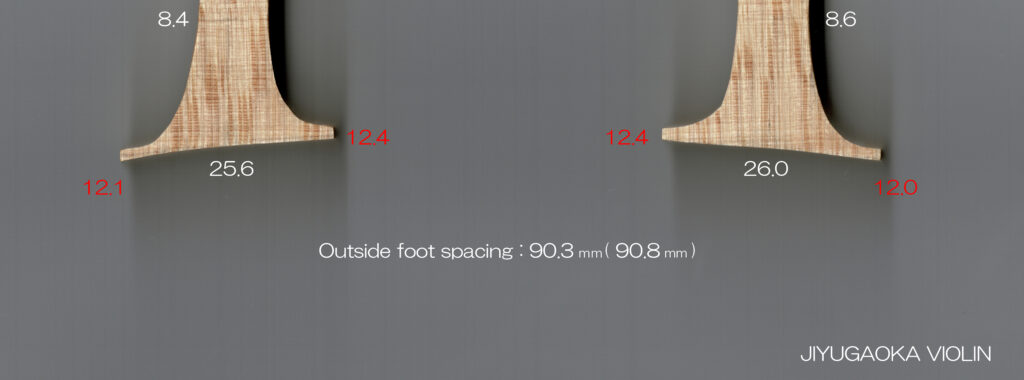 The bridge for the cello is finished.
The bridge for the cello is finished.
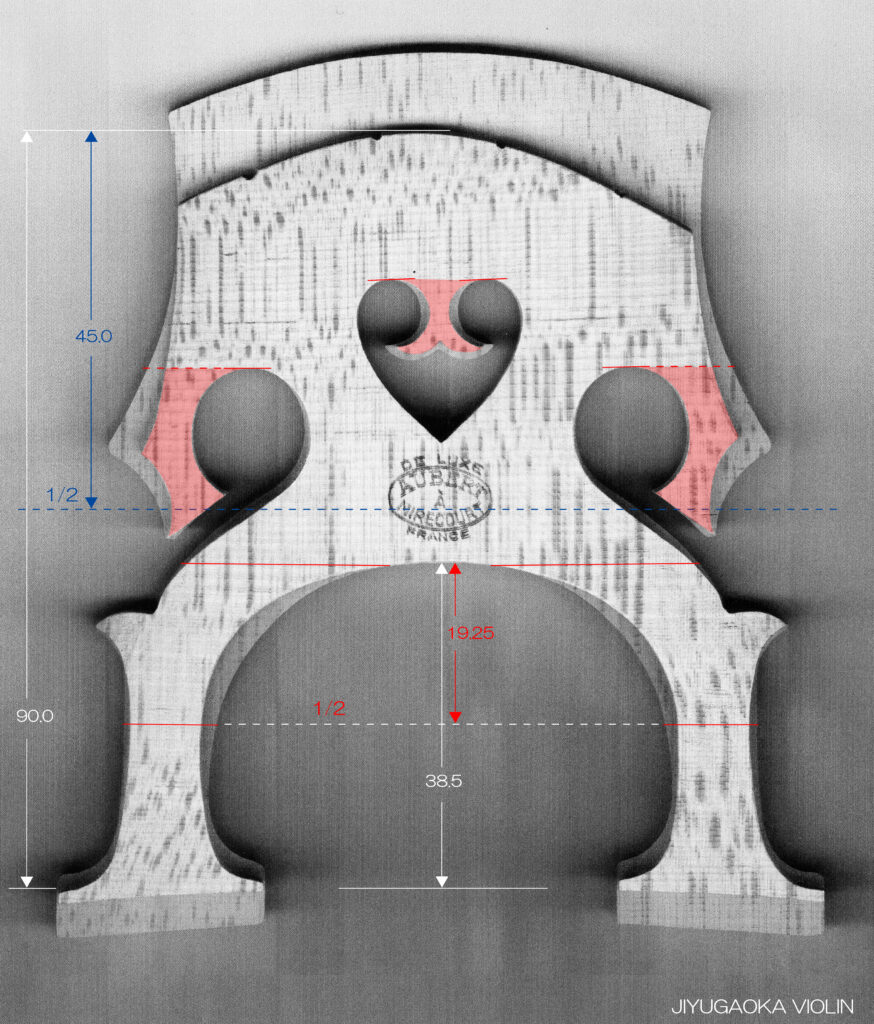
2023.6.08 “JIYUGAOKA VIOLIN”, Cello Bridge.
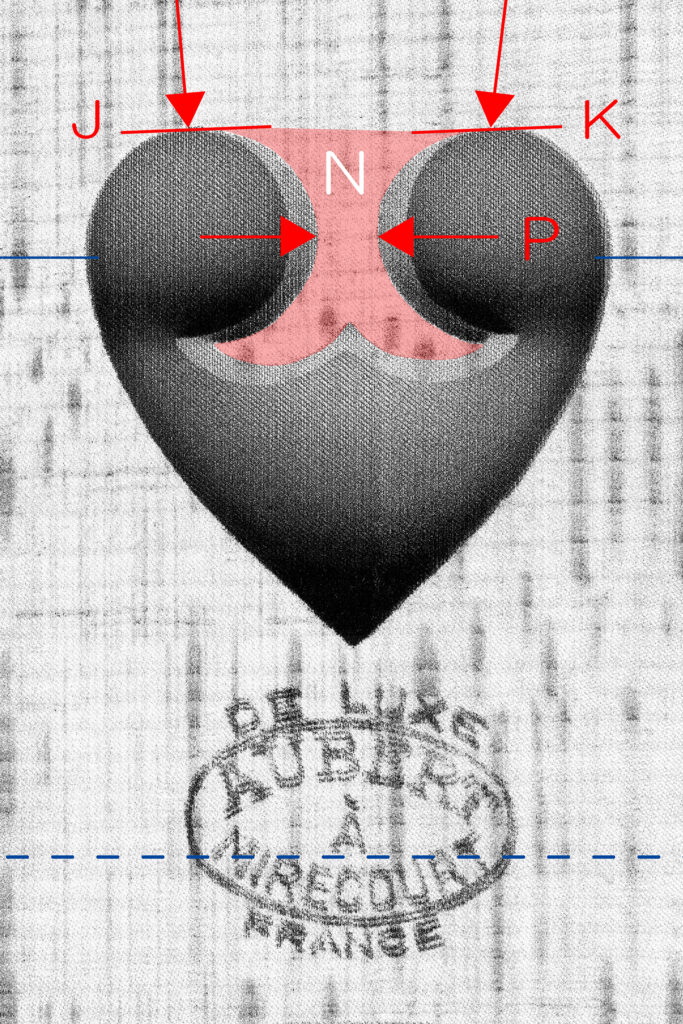
私は、皆さんに‥ 私自身が 過去に試みた実証実験をお勧めしています。
それは、市販のチェロ駒で ハート穴の中央に垂れている “Heart wing” 狭隘部( 下右図 P幅 )を 揺らしてみては少し削り込む作業を繰り返しながら2.9mm以下まで削るものです。
市販のチェロ駒 “AUBERT-DE LUXE” フレンチ・モデルは初めは( 下左 4.5mm / 23.4g )『軽く感じる駒』なのですが、弦高を合わせてから( 16.8g )、”Heart wing”狭隘部の削り込みを重ねる度に、次第に 水平に保持した指に感じる重さが増していき ます。( 下中央 2.4mm / 14.9g )
実際の質量は 削った分だけ軽くなっていく訳ですが、水平に保持した時の印象が 逆に『重く感じる駒』に変化していきます。
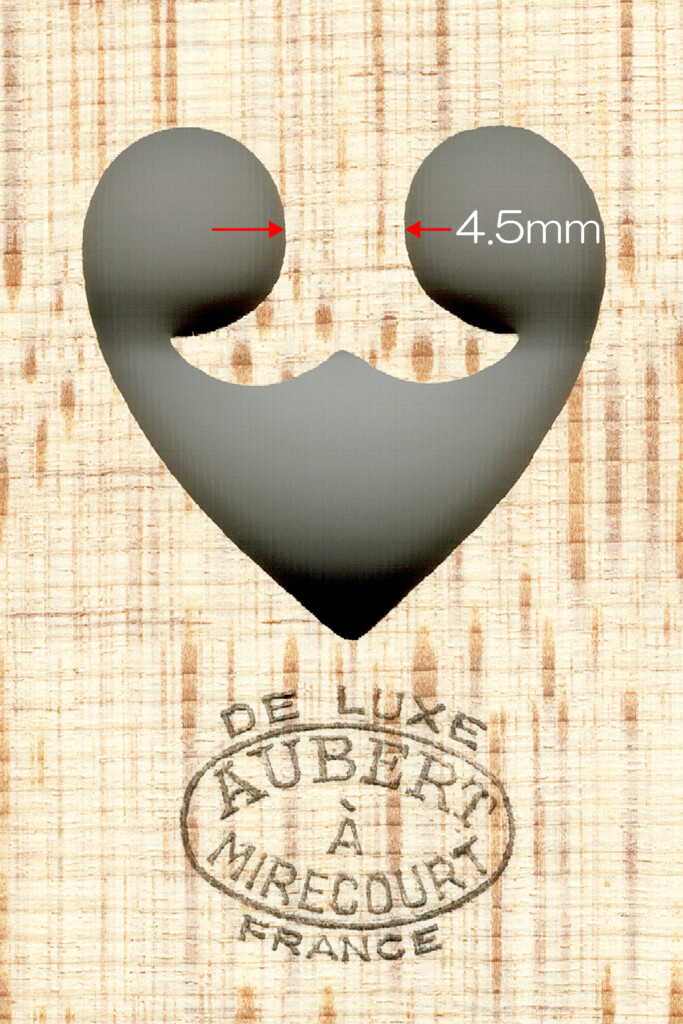
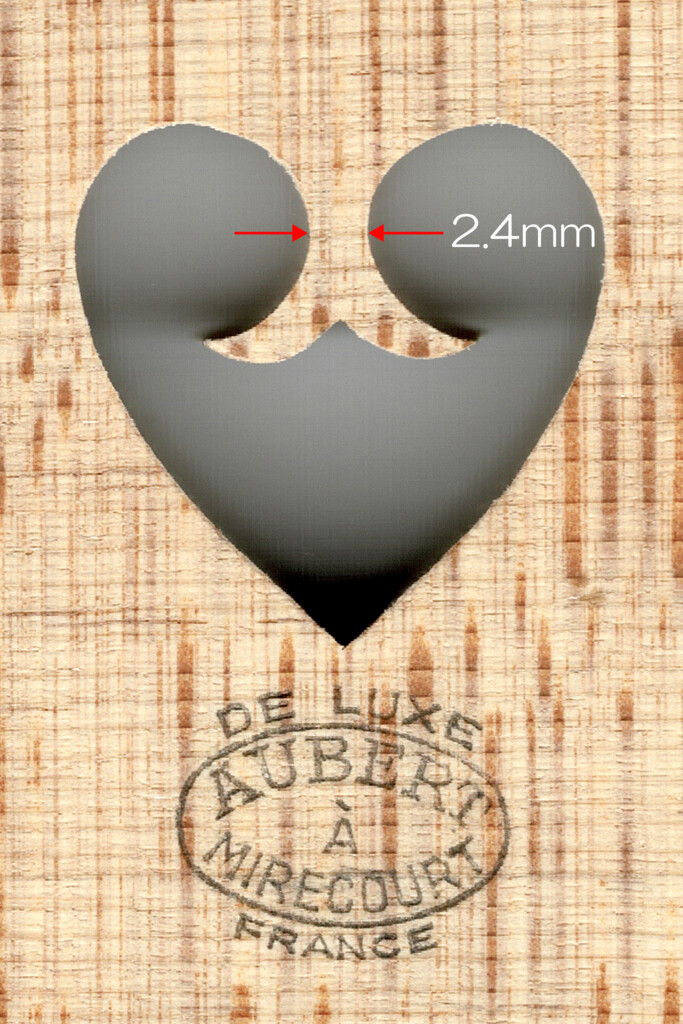

2023.6.08 “JIYUGAOKA VIOLIN”, Cello Bridge.

駒を削る技術は”木”と対話し その個性を活かすことが重要で、それは一本の年輪( 赤線 )を、どの位置で終わらせ、この年輪が作用しない区間 A-Bを その年輪全長の どの位置に置き、対となる残された年輪C側と 年輪D側の長さの差や、その下に連なる足部にどのようなキャラクターを与えるかという発想から展開されるものだと思います。
先ずは、駒を揺らして得られたイメージから推測し、たとえば 年輪が作用しない区間 A-Bの距離条件に置き換え、『この年輪を あと0.2mm削って、点Aを左に移動し年輪が切除された区間を13.8mmまで広げて、ねじりを増やそう・・ 』などと構想しながら作業を進めると音響的に優れた駒に辿りつけるようです。
Joseph Naomi Yokota